A Legacy Recorded

February 2023 UniverCity Year announces its new cohort. Page 6 Campus sustainability, mapped. Page 4
Page 18
Christopher Kilgour joins the Nelson staff.
For alumni and friends of the Nelson Institute for Environmental Studies at the University of Wisconsin–Madison
State Climatology Office has served Wisconsin for decades, and its forecast is looking bright.
The
EDITORIAL STAFF
Kevin Berger, Graphic Designer
Eric Klister, Web Editor
Chelsea Rademacher, Editor
Diane Stojanovich, Managing Editor
STAFF WRITERS
Rachel Carrier
Anica Graney
CONTRIBUTORS
Abigail Becker
Dea Larsen Converse
DEAN’S OFFICE
Paul Robbins, Dean, Nelson Institute for Environmental Studies
Anna Gade, Associate Dean for Research and Education
Colleen Godfriaux, Associate Dean for Administration
Diane Stojanovich, Distinguished Associate Dean for Communications
Shelly Strom, Assistant to Paul Robbins
Ann Swenson, Associate Dean for Advancement
CONTACT US
We’d love to hear from you! Send us feedback or questions about this issue, or share story ideas for future issues.
Nelson Institute for Environmental Studies
550 Science Hall Madison, WI 53706 communications@nelson.wisc.edu
Facebook Instagram
Twitter Linkedin
Stay connected by updating your contact information or by joining our LinkedIn group
We’re reducing our carbon footprint! We hope you enjoy our digitally published magazine, sent monthly to Nelson alumni, students, and friends.
INSIDE
FEATURES
2 Weird Winter Weather
Michael Notaro explains phenomena from thundersnow to pancake ice.
4 Ten Environmental Campus Features
The UW campus boasts many environmental and sustainable features. Did you know about these 10?
6 Wisconsin Idea to the Ninth UniverCity Year program is partnering with a record-setting nine communities in 2023.
12 Wisconsin Agriculture Stressed by Climate Change WICCI’s Agriculture Working Group addresses challenges and shares recommendations.
14 A Legacy Recorded
Fueled by passion and expertise, the State Climatology Office has served Wisconsin for decades.
FACULTY/STAFF IMPACT
18 Christopher Kilgour, Academic Staff
20 Shawn Steffen, Center for Ecology and the Environment
22 Nathan Jandl, Office of Sustainability
FRONT AND CENTER
24 Director’s Cut: Carol Barford
26 Center for Sustainability and the Global Environment
STUDENT SNAPSHOT
28 Forests of the World, Environmental Studies
ALUMNI SPOTLIGHT
30 Linda Vakunta, Environment and Resources
Cover photo by Althea Dotzour / UW–Madison
Dear Nelson community,
Before we dive into the February issue, we’d like to take a moment to recognize Black History Month. Each year, a truly remarkable group of UW students are tasked with generating a host of events that relate to a topic or theme, and this year, we celebrate Black Arts: Multiple Mediums, One Story. Check out the fantastic lineup of speakers, screenings, and gatherings that the planning committee has put together.
We’re thrilled to share this issue of The Commons with you. The throughline we saw when building this issue was the impressive group of interdisciplinary folks who make up the Nelson community. Turn the page and you’ll see just one of the many media mentions that we’re tracking. It’s always exciting to see the Nelson Institute featured in outlets with global reach, like the recent conversation Michael Notaro had with the Washington Post. We’re also excited to welcome a new addition to our Nelson staff, Christopher Kilgour, who is blaz-
ing a trail as our first outreach manager. Get to know Christopher more on page 18. And on page 30, catch up with alumna Linda Vakunta (environment and resources), who recently was honored on Madison365’s annual list of Wisconsin’s most influential Black leaders. Congratulations, Linda!
Heading over to the research side of the house, this month’s featured research center is the Center for Sustainability and the Global Environment, which continues to lead the way in interdisciplinary research about how we affect our planet — positively, negatively, and neutrally. Get the latest updates from center director Carol Barford (page 24), then dive into innovative research by Yanhua Xie, whose work gives us a brand-new way to see — literally — irrigation systems (page 26).
For the history buffs: did you know that the Wisconsin State Climatology Office holds lake ice records dating back
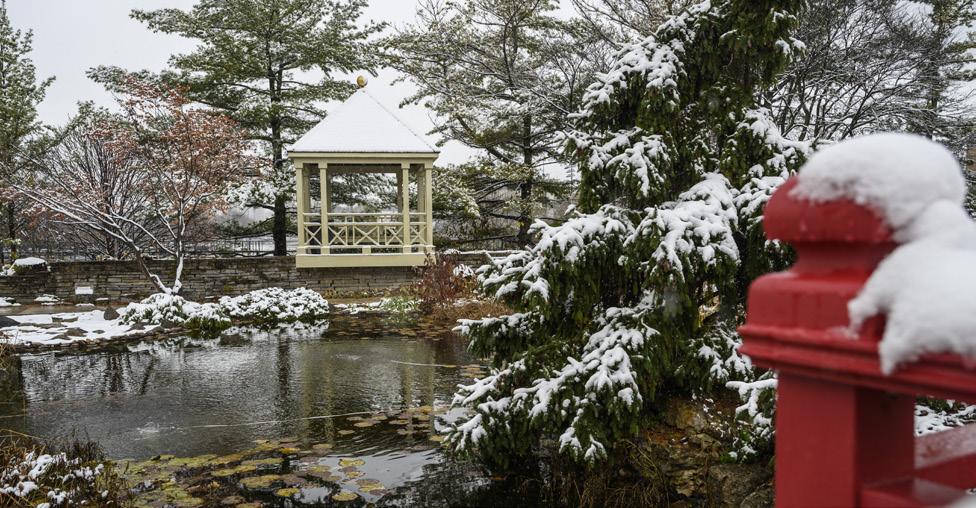
to 1852? Talk about a heroic effort. Meet the folks who have kept this office going for the past few decades on page 14 … and get a peek into how the Nelson Institute is helping to revitalize its future.
And, as always, we’ve got myriad opportunities for you to reconnect with each other, the institute, and the university through our upcoming signature events. We hope to see many of you in March for Tales from Planet Earth, Sustainable Success, and more!
What do you want to read about in future issues of The Commons? We love hearing from you; please share your ideas or improvements with us at communications@nelson.wisc.edu
Thanks for reading!
The Commons Editorial Team
February 2023 1
Photo by Althea Dotzour / UW–Madison
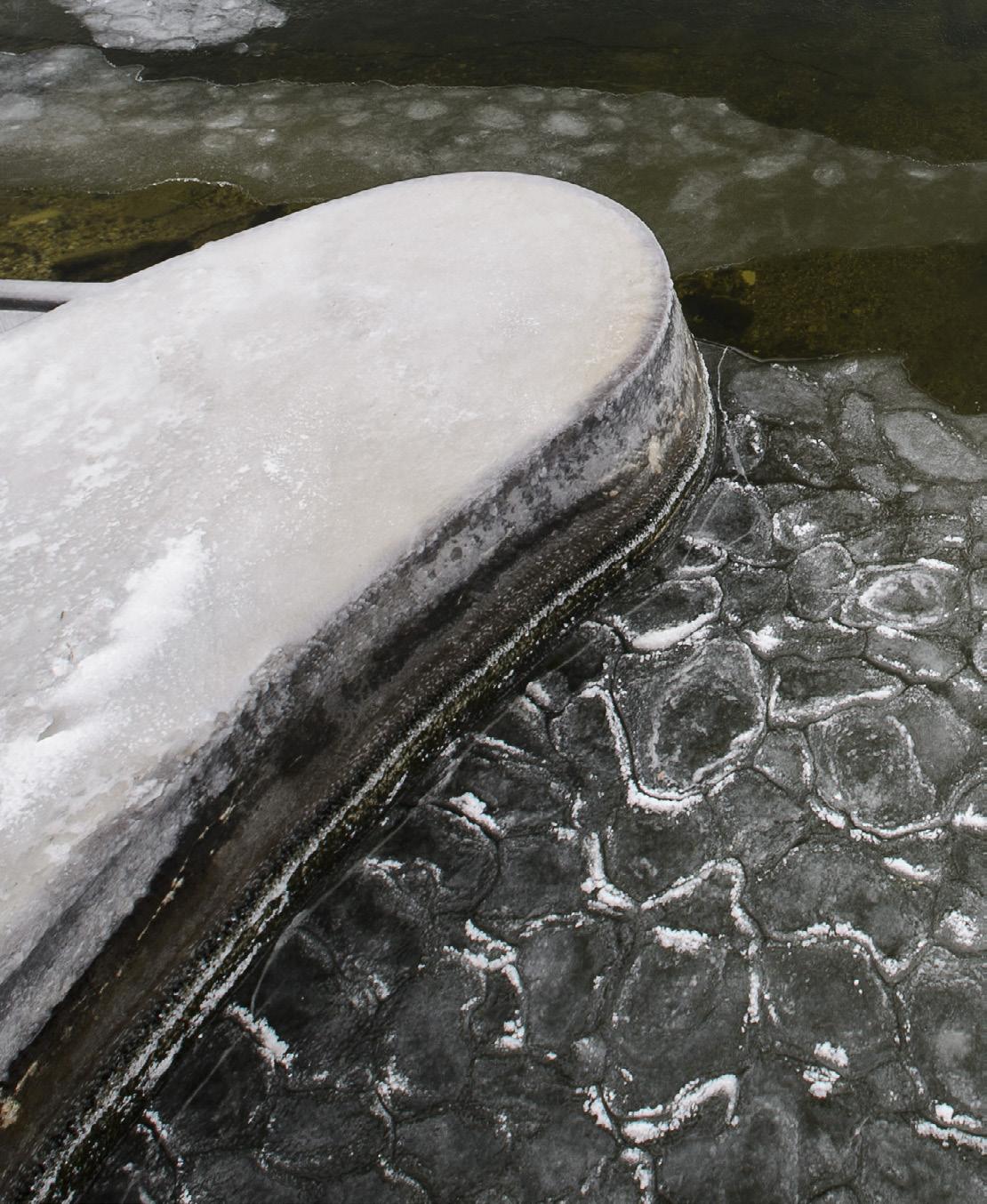
Feature
Weird Winter Weather
Have you ever experienced thundersnow? How about a frost quake? Winter can lead to strange weather events, especially around the Great Lakes. Michael Notaro, director of the Center for Climatic Research shares the whys and hows of these weird winter weather events and more (pancake ice, anyone?) with the Washington Post
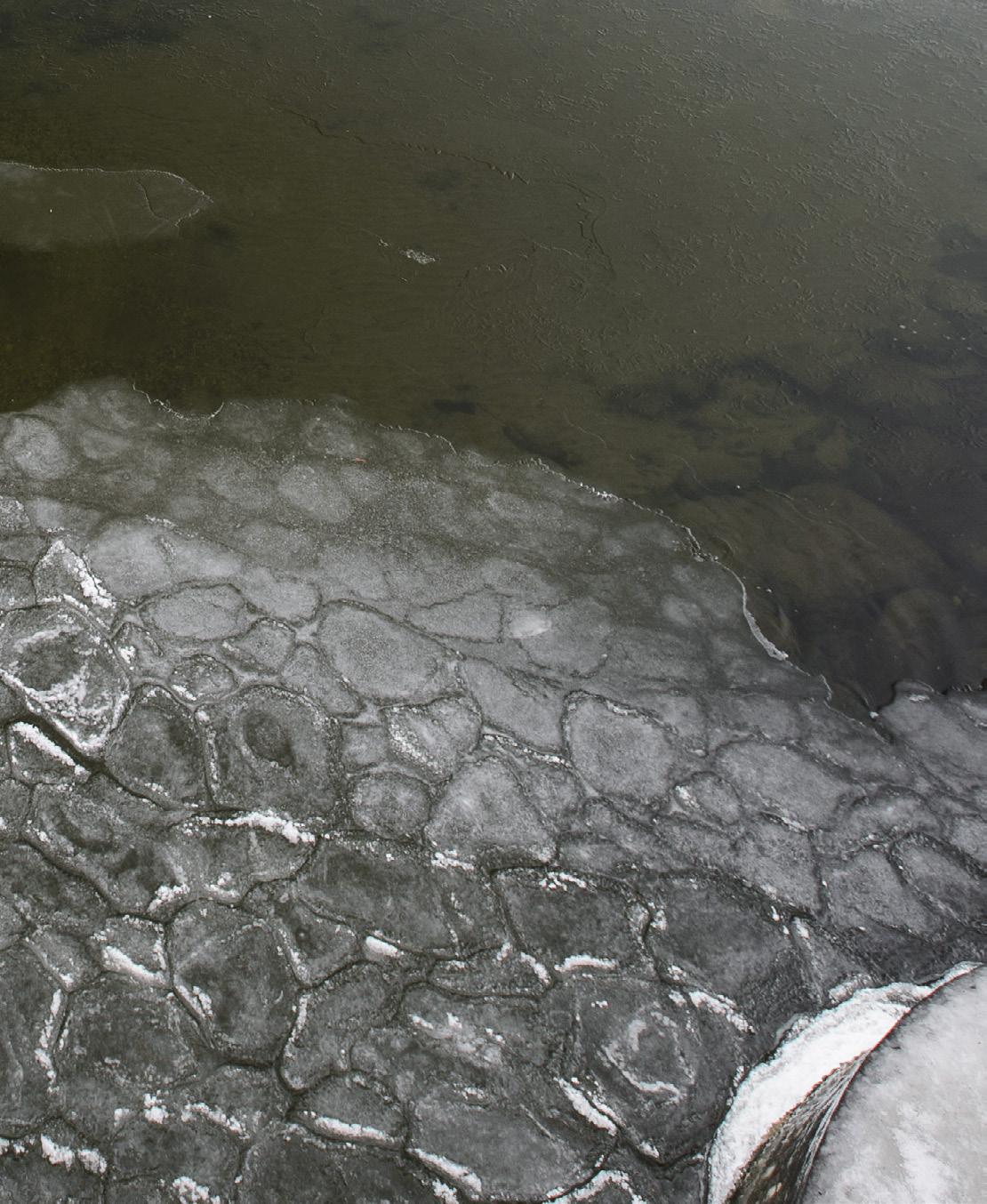
August 2021
Ten Environmental Campus Features
The UW campus boasts many environmental and sustainable features. Did you know about these 10?
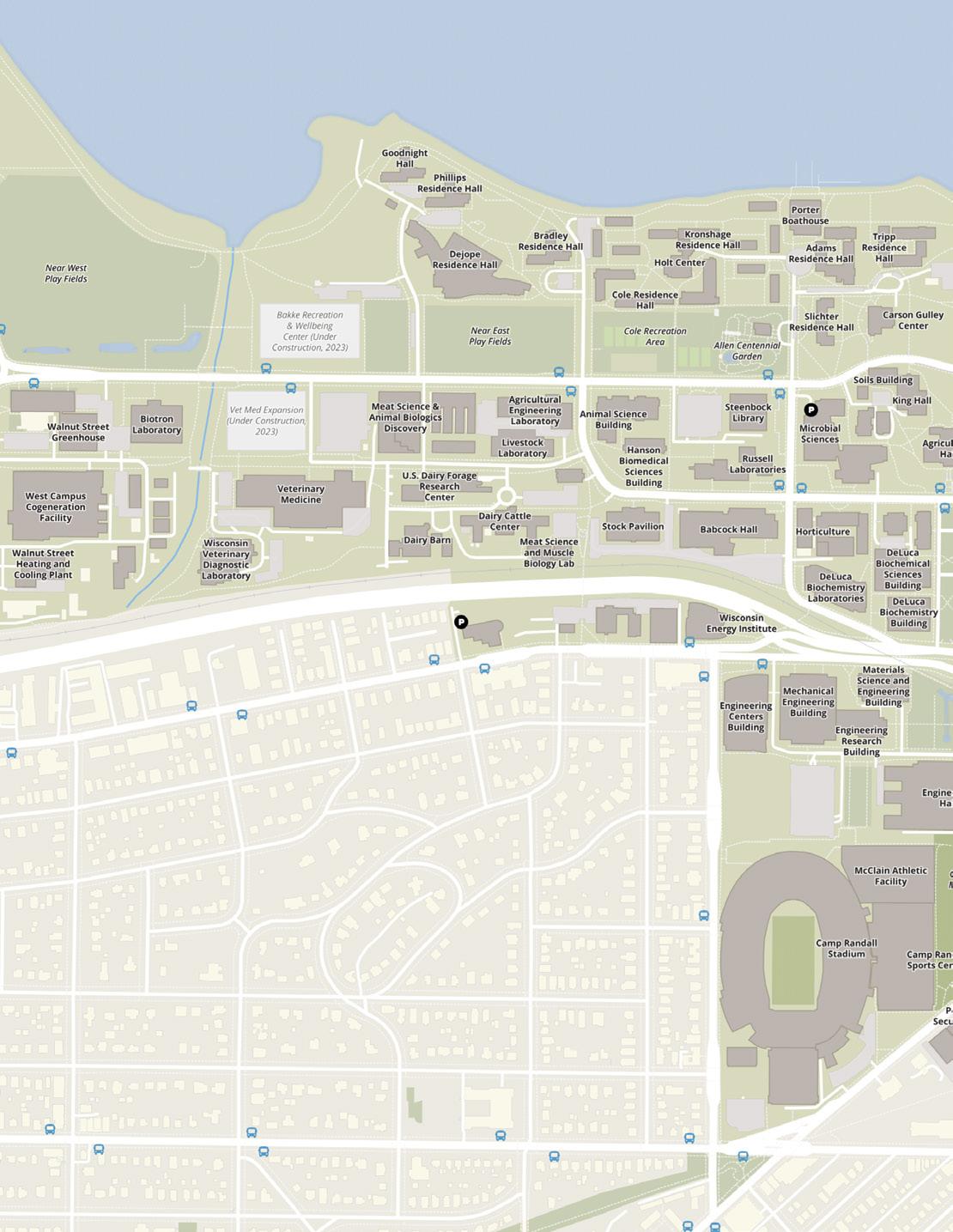 By Chelsea Rademacher
By Chelsea Rademacher
The landscape of UW–Madison is one aspect of campus that distinguishes us from our Big Ten rivals. From postcard-perfect lakeshores to woodland trails to thriving prairies, the UW’s physical environment is something special. So, what’s being done to sustain our campus environment for future generations? In recent years, UW–Madison has made great strides in its environmental and sustainability efforts, including our first Sustainability Tracking, Assessment and Rating System (STARS) rating in 2019. Here are 10 environmental features you might not know about.
Lightbulbs Science Hall
We’ll start close to home with Science Hall’s basement (or the “garden level” as its office workers like to say). In 2020, then-Office of Sustainability intern Will Awve — with support from the Green Fund — led the charge to replace the flickering fluorescents in Room 70 with more environmentally friendly bulbs. The swap has saved $230 annually on bills, as well as literal tons of carbon dioxide.
First Nations Cultural Landscape Tour Education Building
One can’t consider the environment without considering its history, and the land that the UW campus occupies — Teejop (day-JOPE) — has a rich history that far predates the state of Wisconsin. Aaron Bird Bear created the First Nations Cultural Landscape Tour in 2003 to create community for Indigenous students, and with his co-tour lead Omar Poler, it’s since grown into an integral piece of campus — from training new faculty and staff to educating the community.
Reusable To-Go Containers University Housing Dining Markets
Across University Housing’s six dining locations, students can take their food on the go with standard-issue reusable containers through its “Ticket to Takeout” program (created by Nelson grad Breana Nehls). It starts with a $5 pay-in at the start of the academic year, then diners take their food to go, return unwashed containers to a vending machine, and get a new one.
Permeable Pavement Nancy Nicholas Hall
The School of Human Ecology’s home in Nancy Nicholas Hall is one of 15 LEED certified buildings on campus. Built in 2012, 95 percent of its construction waste and materials were reused or recycled, its landscaping features water-conserving drought-tolerant plants — and its pavement is permeable, which helps in stormwater management.
Feature
Electric
Vehicle Charging Stations
Linden Drive Garage (Lot 67)
Campus is full of green-commuting options, including bike shares, walking paths, and free buses. Did you know there are also 13 electric vehicle charging ports in 11 campus parking ramps? The first station was installed in 2014, and the most recent — Lot 67 (across from the Dairy Forage Research Center) — opened in January 2021
Lake Ice Records
State Climatology Office
Ever wondered how the duration of Lake Mendota’s ice cover has changed over time? Look no further than the State Climatology Office, housed in the Atmospheric, Oceanic and Space Sciences Building. Not only is this record handy for ice fishers and pond skaters, but it paints a picture of our state’s changing climate. (Read more about the State Climatology Office on page 14.)
Bird-Strike Mitigation Glass
Ogg Hall
If you’re a bird flying around Ogg Hall, your chances of survival have increased greatly thanks to a student-led Green Fund project. In 2020, the university applied small circular decals to Ogg Hall’s ground-level windows, creating a dot-grid pattern that birds can identify as glass (rather than confusing the reflection of sky and trees for a destination). In 2022, this type of bird-safe glass was admitted into state building code
Stormwater Retention
Nicholas Recreation Center
When it came time to replace the Southeast Recreational Facility, sustainability was at the forefront of its replacement’s design. Enter the Nicholas Recreation Center (or “the Nick”), which opened in 2020. Among its sustainable features, the roof was constructed as a stormwater retention system, collecting rainwater and using it to water the landscape beds below.
Solar Panels
Gordon Dining and Events Center
When Gordon Commons made way for the Gordon Dining and Event Center, it didn’t just bring better carpeting and fresher food. In 2019, a collaboration between Madison Gas and Electric, the Office of Sustainability, the Associated Students of Madison (ASM) Sustainability Committee, and the student group Helios led to the installation of a large solar array that, so far, has reduced more than 130 tons of carbon dioxide (that’s about the weight of 28 midsize elephants).
Campus Sustainability Map Online
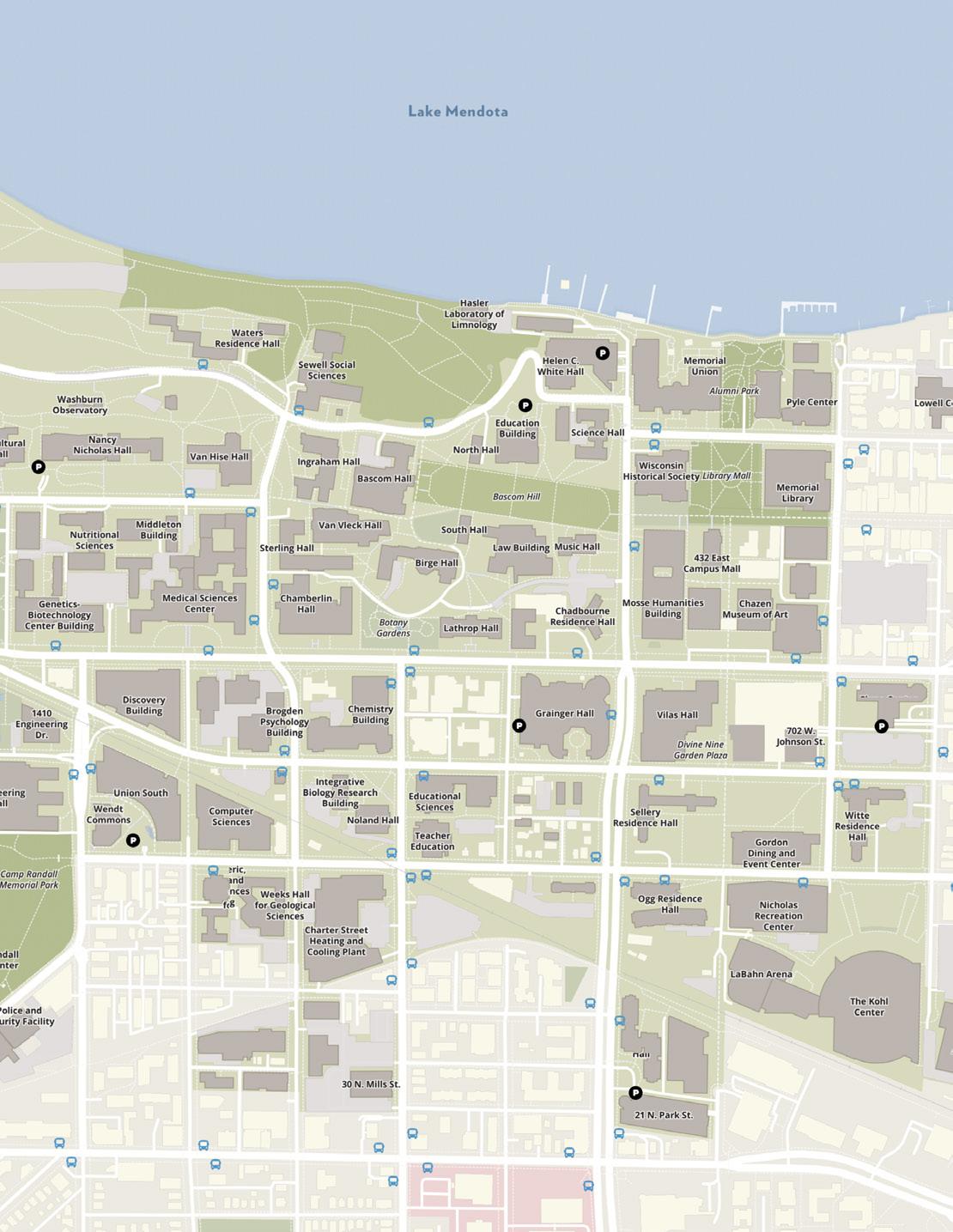
There’s a lot more where this came from! In March 2021, the UW–Madison campus sustainability map went live, providing a visual representation of the UW’s environmental and sustainability efforts. With support from the Office of Sustainability, the map was created by Audrey Stanton, Nelson Institute environment and resources PhD candidate; Mackenzie Thelen, a 2021 graduate; and Nelson Institute Professor Cathy Middlecamp.
See these 10 items in a map view
Feature
Wisconsin Idea to the Ninth
UniverCity Year program is partnering with nine communities in 2023.
By Abigail Becker, UniverCity Alliance
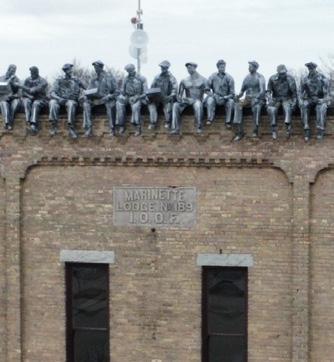
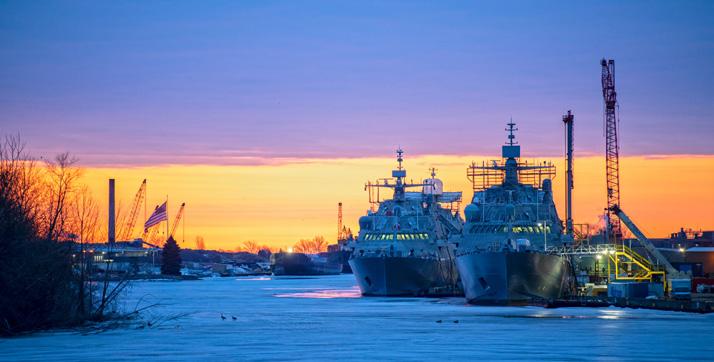
In a record-setting cohort, University of Wisconsin–Madison’s UniverCity Year program will be partnering with nine communities across Wisconsin during the 2022–25 academic years and leveraging university resources to move forward their goals.
UniverCity Year (UCY) is the hallmark program of UniverCity Alliance — an initiative that connects local governments across Wisconsin with resources at the university. During the three-year program, UW students and faculty work with communities toward locally-identified goals.
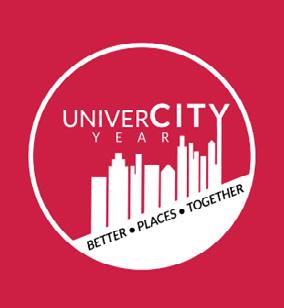
“Communities are hungry to get fresh ideas and a jumpstart on project ideas they have,” UniverCity Alliance managing director Gavin Luter said. “UW–Madison is a unique partner for these communities because we hopefully are perceived to be a neutral third party whose only
Meet the 2022–25 Cohort
interest is to help the communities improve.”
The nine communities include the villages of Cottage Grove and Shorewood; the cities of Marinette, Milton, River Falls, and Wausau; and Eau Claire, St. Croix, and Wood counties. Over the next three years, these partners will work with UCY staff to identify projects and partner with UW–Madison faculty as their students complete tangible deliverables that can be implemented into Wisconsin communities.
Partnerships at Work
UCY takes community-based scholarship and teaching to the next level by responding directly to community needs with university resources. Communities shape the deliverables that will meet their needs, and students receive a high-impact learning experience.
6 February 2023 Feature
After the projects are identified, UCY staff will match them with faculty members and instructors who will incorporate the work into their courses, or find other ways to get UW faculty, staff, and students involved. UCY also provides support to participating faculty by facilitating meetings with the community and providing funding opportunities.
Students will present their recommendations to the community, but the partnership does not end there. UCY staff will continue working with the communities to evaluate the feasibility of student recommendations, improvement projects and report on outcomes.


The new cohort of communities applied to UCY to address a range of issues, including public health, sustainability, social support services, electric vehicles, historic preservation, and equity. While each community has unique needs, the UCY program has seen an increase in requests around child care issues, EMS recruitment and retention, affordable housing, program effectiveness, and environmental sustainability.
In the wake of the pandemic, Luter said communities have learned that the typical ways of doing business no longer holds.
“This is a huge moment for our local communities across Wisconsin as they come out of the pandemic,” Luter said. “The UniverCity Year program is here to help these communities rethink their standard ways of doing things.”
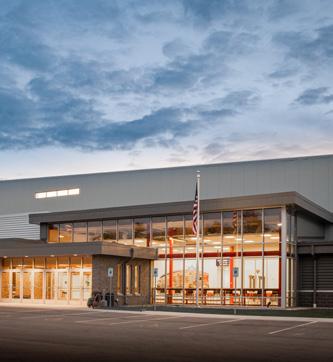

Wisconsin Idea in Action
Since its first partnership in 2016, 20 communities have partnered with UCY. The new cohort brings the total to 29 communities, with 15 counties and 14 cities, towns, and villages participating.

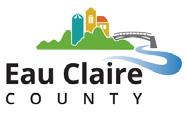
The program illustrates the Wisconsin Idea in action, fostering active engagement between UW–Madison and Wisconsin local governments.
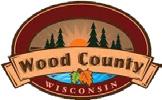

“UniverCity Year can be a program that brings these on-the-ground issues directly to faculty and students,” Luter said. “This helps us continue to stay relevant across the state, while also improving how we train students in applying their fields to public issues.”
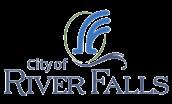
City of Marinette
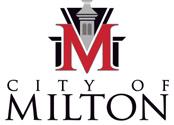
“We’re excited to work with UniverCity Year as they will bring a fresh perspective to our community’s needs. We hope this process will bring new and innovative solutions to the many projects we are working on.”
— Mayor Steve Genisot
February 2023 7 Feature
City of River Falls
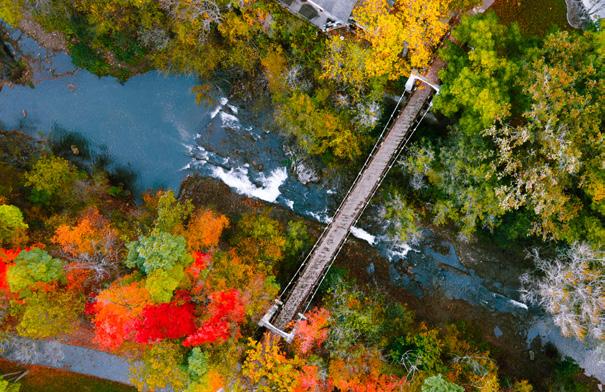
“We’re excited to partner with the UW System and tap into the innovative minds of our next generation of leaders. The resources provided by UniverCity Year will be invaluable in developing creative solutions to the complex challenges we face as a local government.”
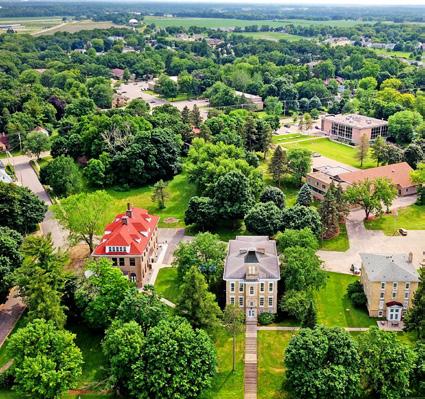 — Jason Stroud, Assistant City Administrator
— Jason Stroud, Assistant City Administrator
City of Wausau
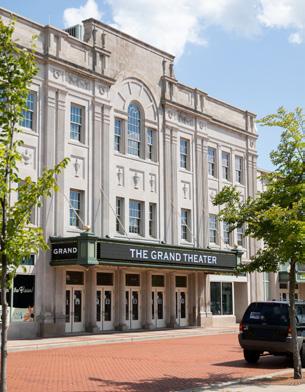
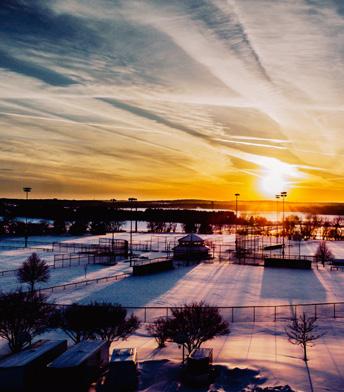
“I’m super pumped to provide opportunities for students to gain true hands-on experiences working with us. I also hope they fall in love with our city and think about joining us in the future.”
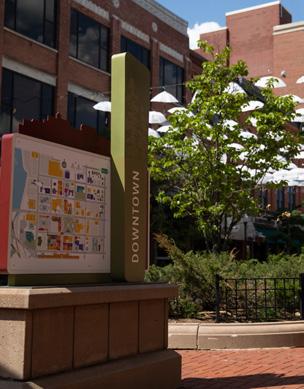 — Mayor Katie Rosenberg
— Mayor Katie Rosenberg
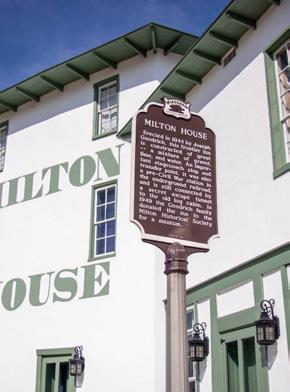
8 February 2023 Feature
City of Milton
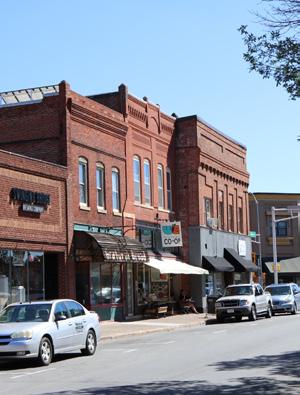
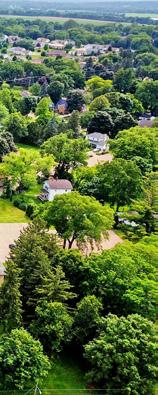
“The city of Milton is proud and appreciative to be awarded the unique opportunity to have a UniverCity Year partnership in its future. We believe that these projects will be the catalyst that assists our city and partner organizations to meet goals that solidify our commitment to living ‘The Milton Way.’ ”
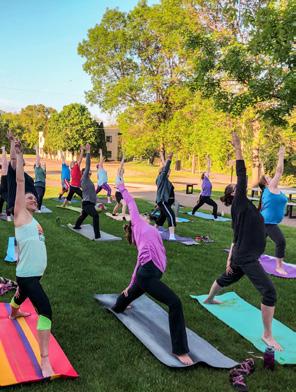
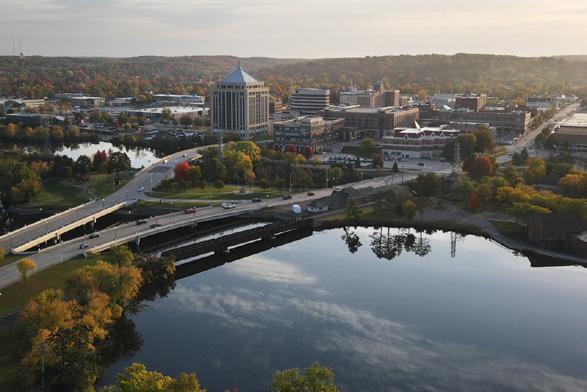 — Mayor Anissa Welch
— Mayor Anissa Welch
Eau Claire County
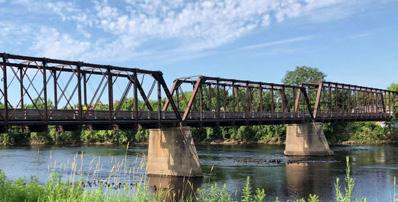
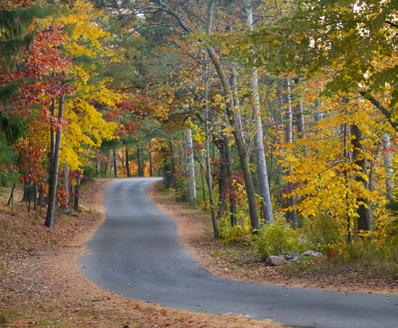
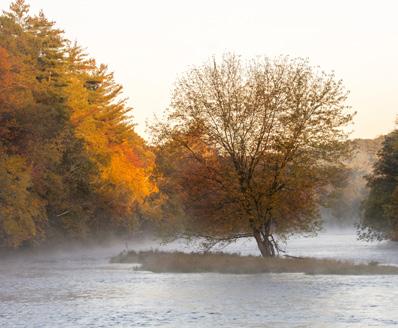
“We hope that the community will gain additional insight into the benefits of the UW System and the meaningful outreach that it can have to communities such as ours. We believe that the completion of the projects we have outlined will enhance the citizens of the county and be an example of how communities can partner with the UW System for the betterment of both parties.”
— Norb Kirk, Finance Director
February 2023 9 Feature
St. Croix County
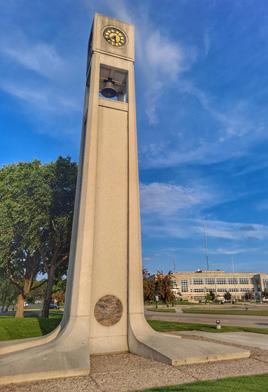
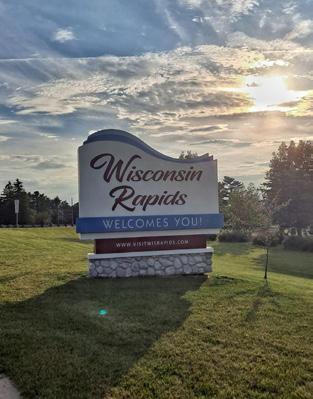
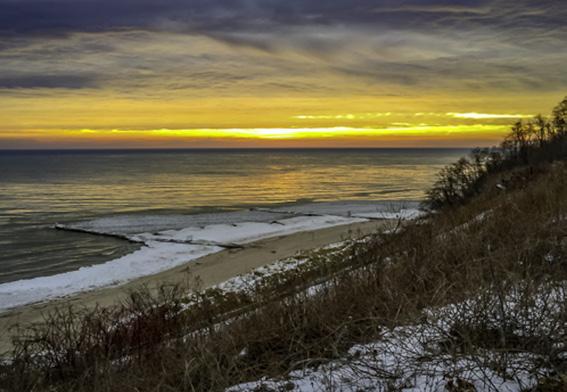
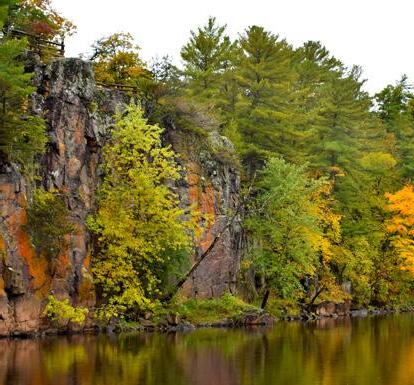
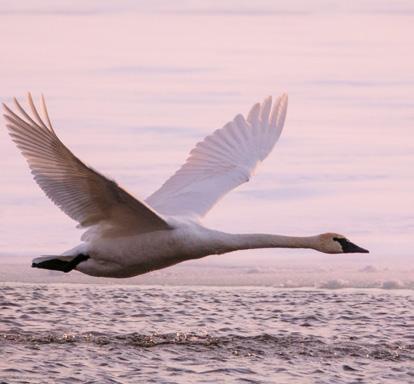
“Working with UniverCity will allow our justice system to take a fresh perspective on some of the challenges facing our community. Through this partnership, we are aiming to increase access to housing and treatment options for justice-involved individuals living in St. Croix County, improving their overall health and well-being. We are looking forward to working with the graduate students matched with our projects to help the communities we serve.”
— Phil Galli, Justice Services Director
Village of Cottage Grove
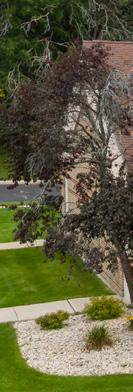
“I am eager to begin the partnership with the UW through the UniverCity Year program. Through our partnership, we will be able to provide experience, resources, and new connections to the UW students and bring innovations to staff and our residents alike.”
— Matt Giese, Village Administrator
10 February 2023
Feature
Village of Shorewood
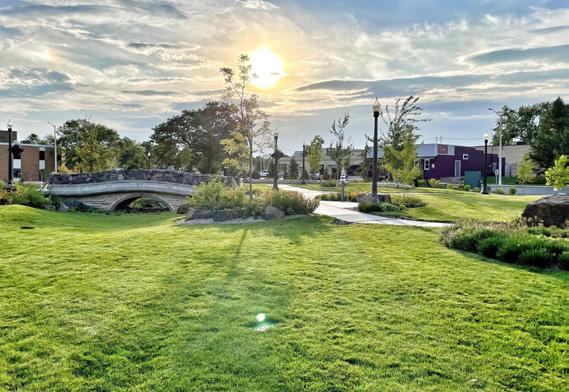
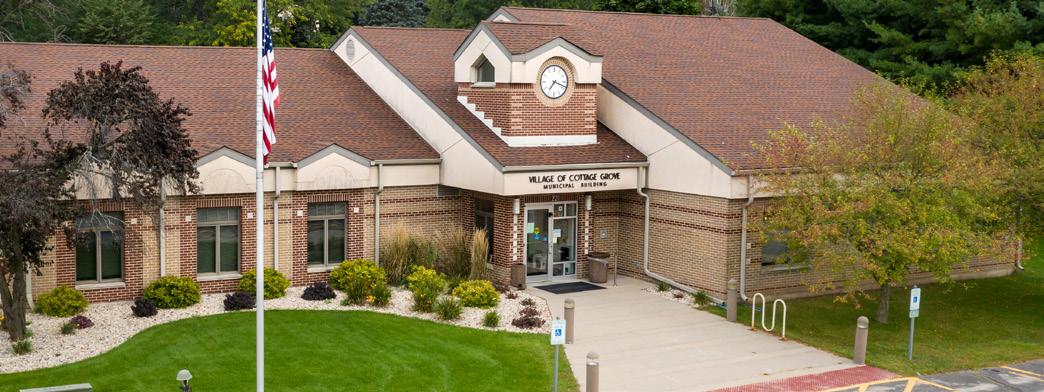
“The Village of Shorewood as an organization appreciates the lessons and progress that can be made from collaboration. This program will allow us to partner with talented, capable student groups on high impact projects that the Village Board has prioritized to be reviewed. We’re looking forward to the partnership and are excited for the work to start!”
— Ann McCullough McKaig, Village President

Wood County
“Working with UniverCity Year will elevate our health priorities and bring additional capacity to this important public health work. It will allow students to get real-life experience working on initiatives to improve the health of rural Wisconsin residents.”
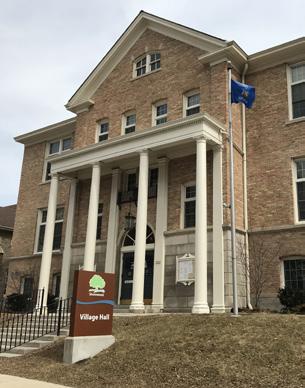 — Kristie Egge, Supervisor of Strategic Initiatives
— Kristie Egge, Supervisor of Strategic Initiatives
February 2023 11
Feature
Wisconsin Agriculture Stressed by Climate Change
WICCI’s Agriculture Working Group addresses challenges and shares recommendations.
By Dea Larsen Converse, Wisconsin Initiative on Climate Change Impacts
Extreme rain events, wetter springs and falls, groundwater flooding, declining snow cover, winter “thaws,” changing seasons, more frequent extremely hot days, and droughts are among the climate impacts stressing Wisconsin farms in the most recent report from the Wisconsin Initiative on Climate Change Impacts (WICCI)
Extreme rain events are washing away valuable topsoil, disrupting farm operations, damaging infrastructure, and challenging the conservation practices that have kept soil in place and helped protect water quality. Wetter springs and falls are reducing the ability to get into the fields for spring planting and
fall harvesting. During sustained wet periods, groundwater flooding forms new lakes and flooded areas that cause farmland loss. Wetter weather also increases the risk for plant disease on major crops in the state.
While warming in the spring and fall can increase the growing season for some crops, warming during winter can also reduce the formation of ice and snow that cranberries and many other crops need to survive the winter. In addition, warmer winters may allow pests to overwinter more successfully or migrate to Wisconsin from southern states. More summer heat can stress livestock, especially dairy
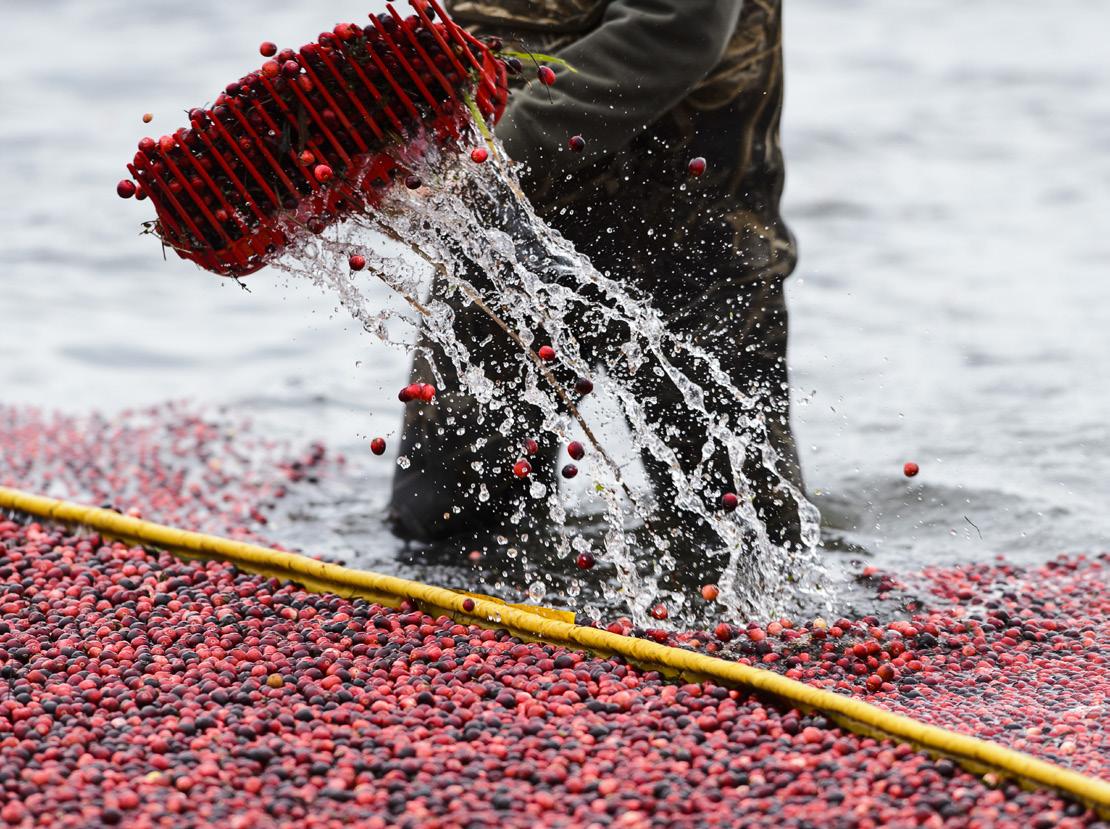
cows, that thrive in cooler conditions and cool nights. Hotter summers and prolonged droughts also increase the need for irrigation.
An increasing reliance on row-crop agriculture has increased greenhouse gas emissions. Tillage practices needed for row-crop farms have also reduced soil health and the ability of agricultural soils to store carbon and hold water. All these changes are causing uncertainty for Wisconsin’s agricultural producers.
Yet, there is hope. Today there is a move in agriculture toward keeping fields green year-round, including a
12 February 2023
Feature
shift towards increasing living cover on farm fields and promoting rotational grazing. The WICCI Agricultural Working Group recommends these and other solutions to help Wisconsin agriculture become more climate resilient and reduce greenhouse gas emissions. There is hope for the future, but it’s up to us.
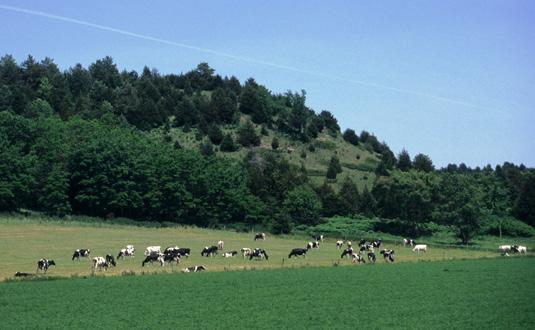
Support WICCI
The Wisconsin Initiative on Climate Change Impacts (WICCI) is a statewide collaboration of scientists and stakeholders formed as a partnership between UW–Madison’s Nelson Institute for Environmental Studies and the Wisconsin Department of Natural Resources. WICCI’s goals are to evaluate climate change impacts on Wisconsin and foster solutions. Gifts to the WICCI Program Fund provide general, discretionary program support and enhance and expand WICCI’s teaching, research, and public service roles. Gifts also support partnership-building activities, including faculty, staff, and student recruitment, retention, and morale.
This article is part of a series highlighting the contribution from each WICCI working group for the 2021 WICCI Assessment Report. Next month, hear about the Human Health Working Group.
Community Sustainability Working Group
Herricks Dairy in Cashton, Wisconsin: At the Center of Climate Change Impacts
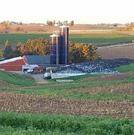
Hilger Farm in Bloomer, Wisconsin: 2019 Winterkill of Alfalfa
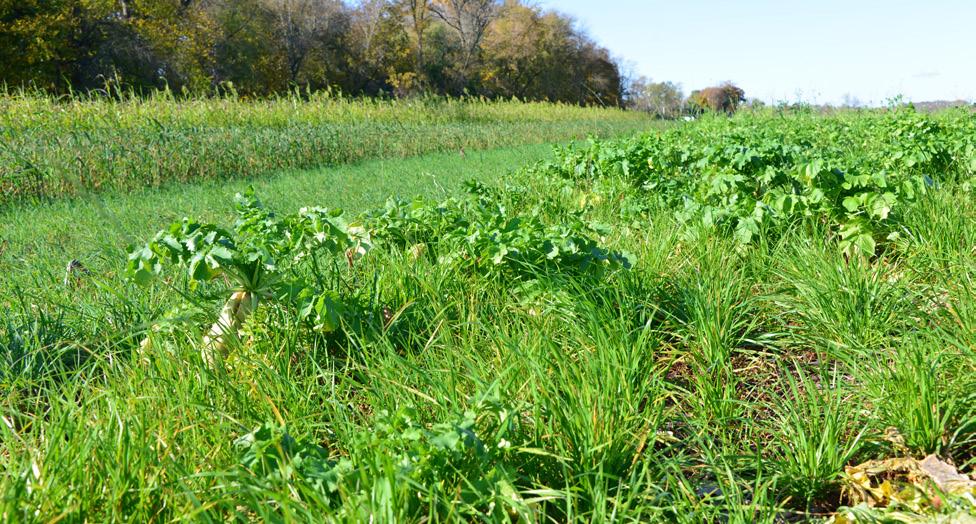
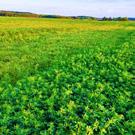
February 2023 13
Feature
Top: Adding covering crops and perennials into the crop rotation can slow erosion, increase soil carbon, and reduce greenhouse gas emissions from farm fields. Photo by Wisconsin DATCP. Bottom: A shift toward rotational grazing lowers the carbon footprint of the system by reducing grain needed for livestock and increasing stored soil carbon. Photo by WDNR
A Legacy Recorded
By Chelsea Rademacher
“Is Lake Mendoza frozen yet?” Believe it or not, that’s a common wintertime question from alumni seeking reports from their alma mater (particularly alumni who have migrated to warmer climates). Thanks to the Wisconsin State Climatology Office, that data are easily found … and has been for the past 171 years. Dating back to 1852, you can see when the lake froze and when it opened. From 1855–1865, the average duration of ice cover was 119 days. For the past 10 years, it’s been only 83 days. The efforts of the State Climatology Office don’t just give us a look at how Lake Mendota has changed, but a larger picture of climate change in the state of Wisconsin.
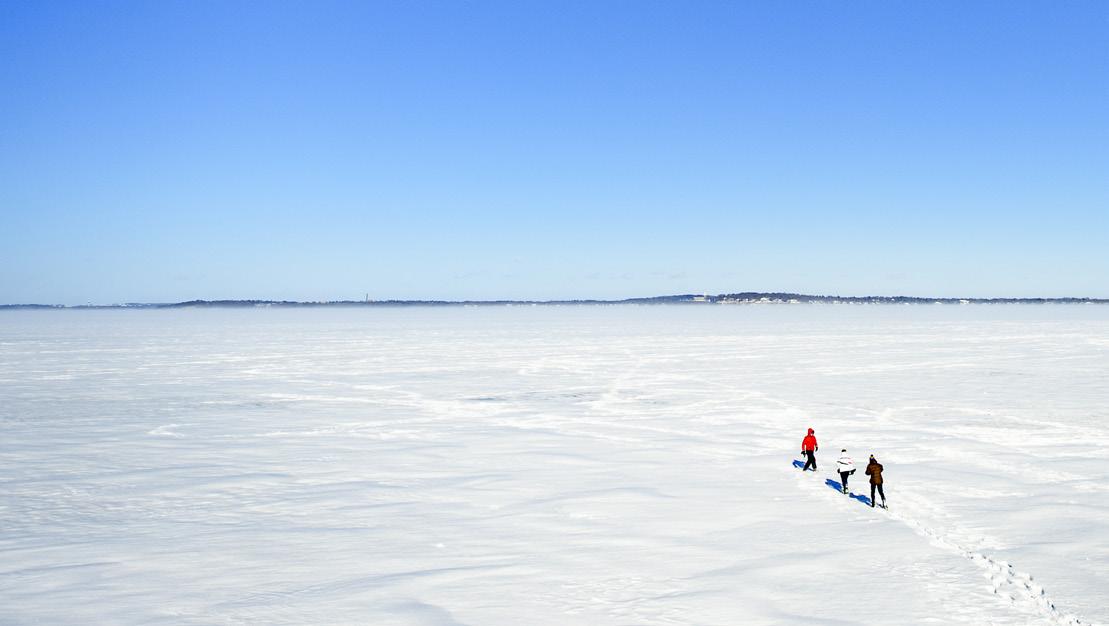
A joint effort between the Department of Atmospheric and Oceanic Sciences and the Nelson Institute’s Center for Climatic Research, the State Climatology Office’s mission is to provide data-led analysis and evidence of climate change and share that information with Wisconsinites, from individuals to government agencies. The office also serves as the official records holder for the state’s climate records.
The earliest version of the State Climatology Office dates back to the late 1800s. From 1870–90, volunteer observers in the U.S. Army Signal Service recorded weather observations across the state. With the creation of the U.S. Weather Bureau
(USWB) in 1891 those duties transferred, and the state of Wisconsin started collecting and publishing data through the Wisconsin Section of the USWB. That first office ran out of Milwaukee until 1948 when the Wisconsin Section was parceled into regional centers, which is when Madison’s location came into the picture. By 1956, nearly each state had its own state climatologist and staff under the USWB, which in 1970, was renamed to today’s National Weather Service (NWS).
Budget constrictions led to the termination of the NWS’s state climatologist program in 1974, but the state of Wisconsin continued to fund its position: partially from 1974–76, then fully — with joint appointments in UW–Madison’s Department of Meteorology and UW–Extension — for the next couple of decades.
14 February 2023
The State Climatology Office has served Wisconsin for decades, and its forecast is looking bright thanks to new funding.
Feature
Photo by Bryce Richter / UW–Madison
This chronology that can be traced back to the 1850s is arguably one of the longest continuous lake-ice chronologies in North America.”
— Ed Hopkins
In the 1990s, Madison’s State Climatology Office underwent a period of massive transition. The office — and the position of state climatologist – went from being fully funded to having no funds at all. But that didn’t stop the work. For the past couple decades, the State Climatology Office — housed in the Atmospheric, Oceanic and Space Sciences Building — has had the duo of Young and Hopkins at its helm: John Young, who served as director from 2002–22, and Ed Hopkins, assistant state climatologist since 2003.
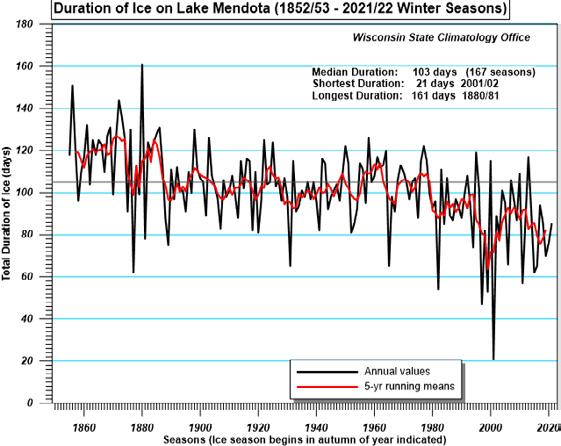
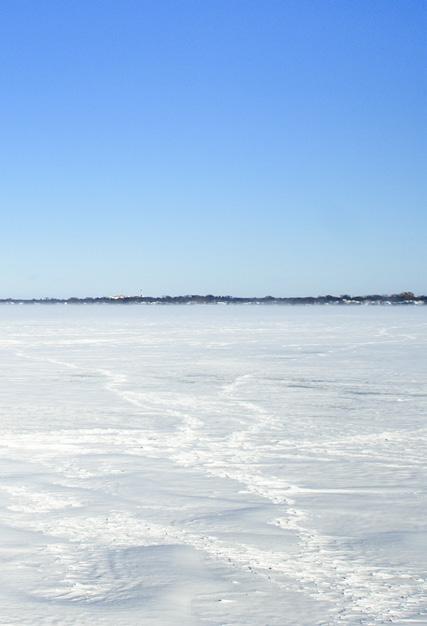
The Icemen Recordeth
Young came to the UW in 1966, joining the Department of Atmospheric and Oceanic Sciences (AOS) as a professor — now emeritus — of meteorology. An expert in global climate processes, including El Niño events, Young found himself fielding numerous press inquiries and attending conferences following the 1997–98 El Niño that caused droughts and flooding that affected the globe. Seeing the importance of UW expertise going beyond the boundaries of campus, Young began to push for increased funding to the State Climatology Office.
“When I started my second term as AOS department chair, I convinced Dean Phillip Certain to provide funds to keep the office open,” Young recalls. “I partly succeeded — the part-
time office manager, Lyle Anderson, was funded. But there were no funds to support a state climatologist position, so Certain named me the unpaid director.”
Having a director, albeit an unpaid one, helped the State Climatology Office be recognized in the American Association of State Climatologists, where Hopkins, Young, and other UW–based experts have now become regular contributing members.
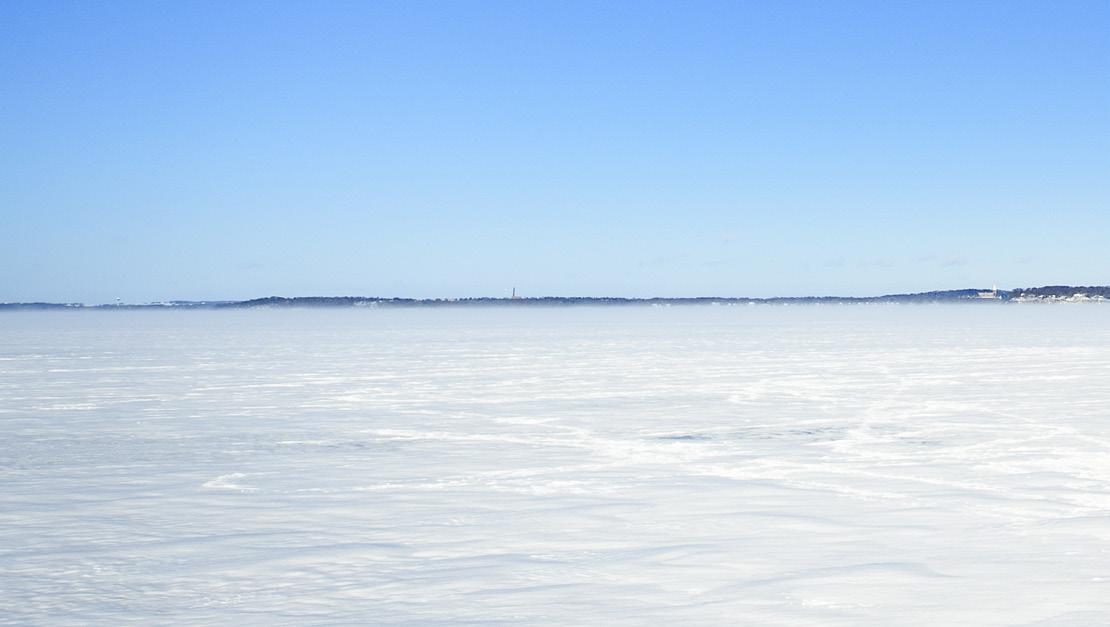
“Surprisingly, my role as pro bono director lasted nearly 20 years,” Young says. “During this period, we established connections with Wisconsin client groups such as agriculture and climate data applications.” The position has allowed Young to continue his public outreach (“in my ‘meteorologist wearing a climatology hat,’ ” he jokes), including hosting the 2018 Wisconsin Climate Services Summit Meeting that connected 50 academic and governmental organizations.
As Young describes, despite shifting funds in the UW Division of Extension and state governmental reluctance to support climate change issues, the State Climatology Office succeeded in positioning itself as a trusted expert — “Particularly,” he says, “through the efforts of my associate Ed Hopkins”.
February 2023 15 Feature
As assistant state climatologist, Hopkins supports the day-today operations of the office — from responding to questions to generating weather and climate data tables to maintaining the office’s website. Hopkins is also the one carrying on the nearly 200-year tradition of ice-cover recording.
The first recorder’s identity is unknown; the earliest named recording is from 1935 when meteorologist Eric Miller published a pamphlet of the information. From the 1980s to 2016, office manager Lyle Anderson kept the books, and Hopkins took over for him upon his retirement. You might think that the method to recording when the lakes freeze and open would have changed over the past 171 years … but you’d be wrong. The dates are still called by eye. “We’ve tried to maintain that same mentality of how it looked to people in 1850,” Anderson told the Wisconsin State Journal
“This chronology that can be traced back to the 1850s is arguably one of the longest continuous lake-ice chronologies in North America,” Hopkins says. “I hope that the State Climatology Office continues this set of phenological observations that help reflect our changing climate.”

A Good Forecast
Although the work of the State Climatology Office is robust, it has largely been unfunded by the state, making Young and Hopkins’ contributions a labor of love. But that’s all about to change, thanks to new funding from the 2022 Agriculture Appropriations Bill.
In December 2022, UW–Madison announced its partnership on a new initiative to support rural communities as one of three nationwide universities who comprise the new Institute for Rural Partnerships. A total of $28 million from the Agriculture Appropriations Bill was divided between the UW, Auburn University, and the University of Vermont; the UW’s portion totaling $9.3 million. Of that, $1.3 million has been earmarked
for the Nelson Institute’s Center for Climatic Research (CCR) to help revitalize and expand the State Climatology Office.
“We’re excited to be able to revitalize the state climatology office,” says Michael Notaro, CCR’s director. “It will allow that office to serve communities across the state in a more interactive way and by being more in touch with folks. That’s the key.”
The grant will run for four years; in other words, the State Climatology Office will have to continue its fight for long-term support. For now, Young and Hopkins will continue to lead by example, working tirelessly to demonstrate the office’s value to the state of Wisconsin.
“Now that funding for the office has at last been found,” Young adds, “we hope that our efforts will be recognized as a foundation for the achievements of the future State Climatology Office, involving enhanced efforts on climate variability and change impacting the citizens of Wisconsin.”
The funding has also led to a fully supported position of state climatologist — the same role that Young has been championing for 20-plus years. Young looks forward to the new dimensions of applied climate science that this position will open up. An open search is underway to fill the position and serving in the interim is the Nelson Institute’s own Steve Vavrus.
Vavrus has been with the Nelson Institute since 1990, and he currently serves as a CCR senior scientist and the codirector of the Wisconsin Initiative on Climate Change Impacts. He’s also a dual Badger, having earned his master’s and PhD in meteorology from UW–Madison.
“John and Ed have put forth heroic efforts to keep the office going for all these years,” Vavrus says of the State Climatology Office’s legacy. “How many people can claim such service for more than two decades?”
16 February 2023 Feature
Photo courtesy of University of Wisconsin–Madison Archives, October 1964.
“We hope that our efforts will be recognized as a foundation for the achievements of the future State Climatology Office.”
— John Young
SAVE THE DATE
DAY OF THE BADGER
coming back on

28 & 29!
Interested in supporting the Nelson Institute?
There are many ways to contribute to the Nelson Institute — participating in our events, mentoring our students, providing connections to your personal networks, and making financial gifts.
All of these are necessary and important to us, and we invite you to invest in our community in the way that makes the most sense to you. Learn more about all of the great academic programs, research centers, and public programs we offer.
Gifts in any amount are needed and appreciated!
February 2023 17
ADVANCEMENT
is
MARCH
Christopher Kilgour Joins Nelson Staff
Kilgour will lead the institute’s recruitment and outreach efforts as the first outreach manager.
By Chelsea Rademacher
To help ring in the new year, the Nelson Institute staff welcomed a new team member: Christopher Kilgour. A Nelson graduate, Kilgour joins the staff as the institute’s first outreach manager, a new role created to help expand our recruitment and community efforts.
“One of the institute’s historic strengths is our engagement with communities, here in Wisconsin and around the world,” says Nathan Schulfer, director of Nelson’s inter-

national and professional programs. “With Christopher joining our team, we now have the chance to better harmonize our work across the institute and to simply be more present in the communities we serve.”
A true Madisonian, Kilgour graduated from East High School and continued to UW–Madison, earning his degree in anthropology with certificates in American Indian and environmental studies. After finishing his studies, he joined the Department
of Information Technology (DoIT). There, Kilgour served as the tribal programs manager for a program he cofounded as a student: DoIT’s Information Technology Academy (ITA), a pre-college program for diverse students attending public schools in Wisconsin. At DoIT, he bolstered ITA’s relationships with Wisconsin’s Native Nations, leading to the expansion of UW–Madison outreach programs for Oneida and the Lac du Flambeau Band of Lake Superior Chippewa youth.
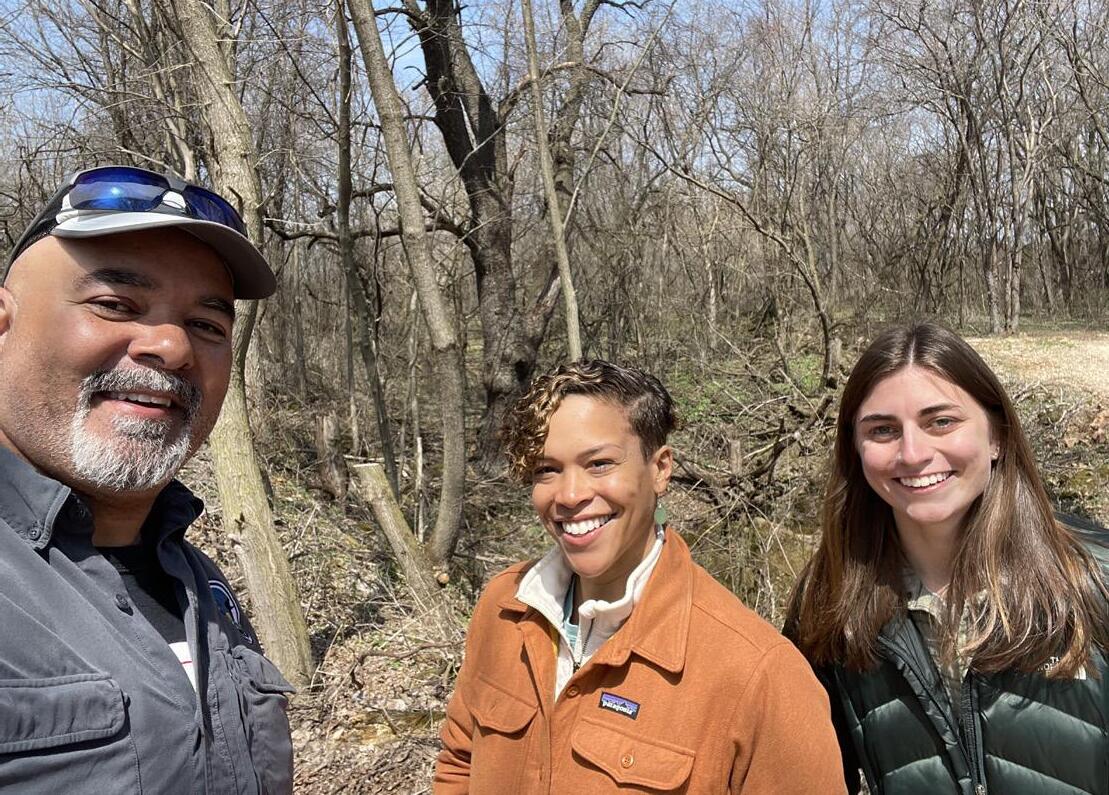
18 February 2023
FACULTY | STAFF IMPACT
Kilgour (left) enjoys a day in nature with Leslie Holland, assistant professor and UW–Extension specialist (center) and then-research intern Emma Nelson. Photos courtesy of Christopher Kilgour (3)
Kilgour also founded Color in the Outdoors, an outdoor adventure group that seeks to reduce barriers to outdoor activities among diverse communities. He has run the group since it started 20 years ago and led its incorporation as an LLC in 2018.
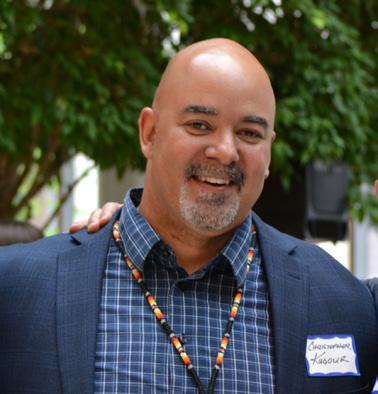
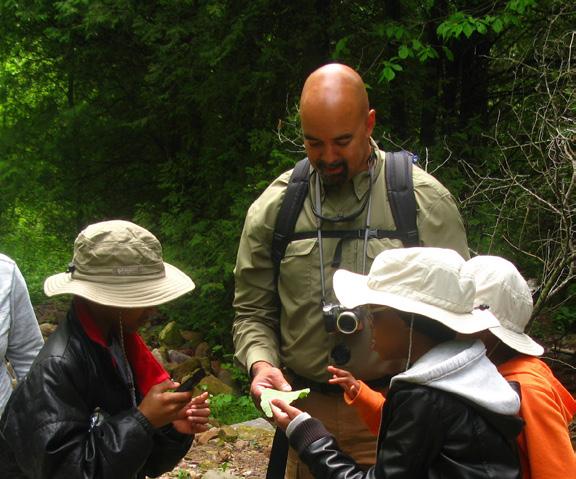
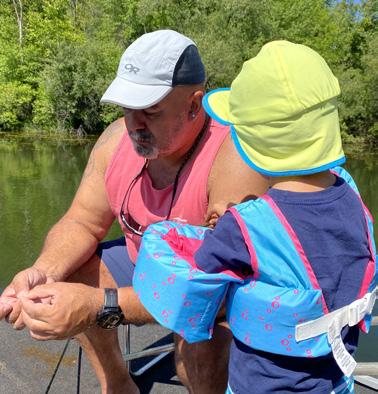

“I am extremely excited to be joining the Nelson Institute team after having the privilege of graduating from UW–Madison with a certificate from Nelson, as well as participating and partnering with Nelson through my other organization, Color in the Outdoors,” says Kilgour. “I think this is going to be an exciting opportunity to explore, continue to foster, and develop new partnerships and engagement opportunities with local communities and beyond.”
In his role, Kilgour will support multiple facets of the

Nelson Institute, from administration to academic planning to research. With increased outreach capacity, the Institute will be able to ensure diverse access to our programs and services by building deeper relationships with post-secondary institutions, campus partners, and community organizations. “This is a moment the Institute has long worked towards, and we could not be happier to have Christopher’s support moving forward,” adds Schulfer.
“This role will help generate new, community-focused opportunities for our current students, as well as open the door for more diverse classes of future Nelson students,” says Dean Paul Robbins. “We have a real opportunity to move the needle and be a campus leader in this space, and Christopher’s experience on the UW campus and as a community leader will help us do it.”
August 2021 FACULTY | STAFF IMPACT
“This is an exciting opportunity to explore, continue to foster, and develop new partnerships and engagement opportunities with local communities and beyond.”
— Christopher Kilgour
February 2023 19
Top left: Kilgour attends the UW–Madison Leadership lnstitute’s 20th anniversary event Photo courtesy of UW–Madison. Bottom left: Kilgour teaches explorers of all ages how to enjoy the outdoors. Above: Kilgour hikes with youth cast members of a traveling Broadway show whose tour made a stop in Madison.
Q & A: Meet Shawn Steffan
From bees to bogs, learn trophic ecology in Wisconsin.
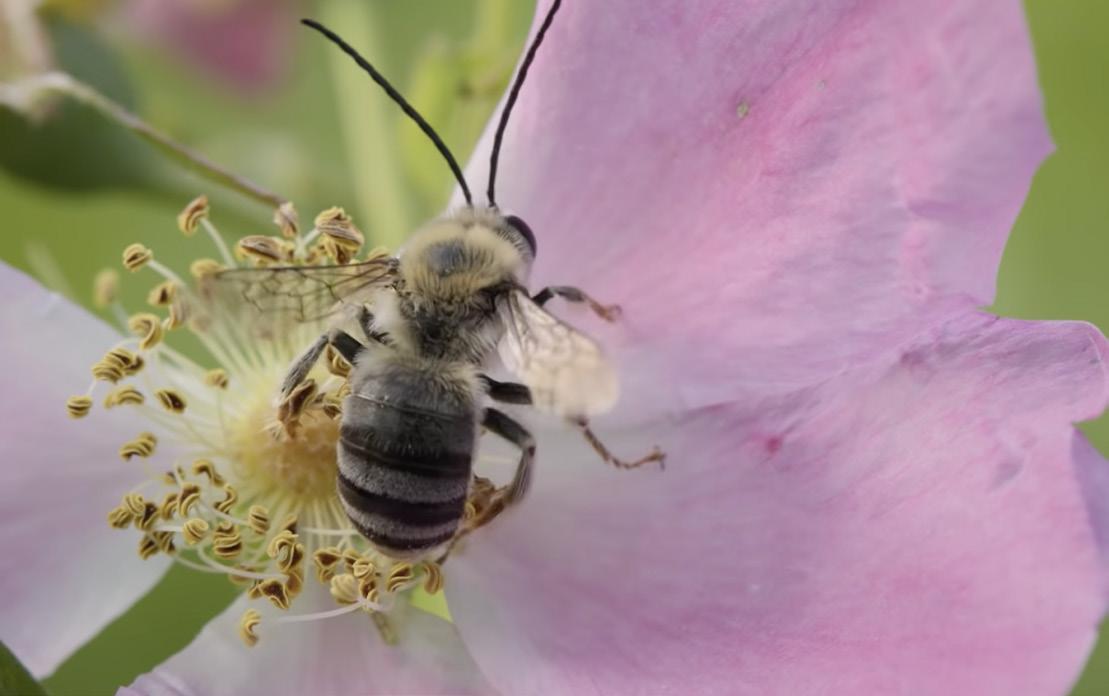 By Anica Graney
By Anica Graney
It’s the circle of life – which is something Department of Entomology faculty member and U.S. Department of Agriculture–Agricultural Research Service (USDA-ARS) research entomologist Shawn Steffan knows all too well. Through his decades of education and research, Steffan finds the “who eats whom” question fascinating. “I did my PhD at Washington State University on fear ecology and predator biodiversity,” Steffan
said. “It was community-scale ecology that relates to agriculture, but also just to natural systems and food webs.”





Here at the University of Wisconsin–Madison, Steffan spends his time running the Steffan Lab, which is part of the USDA–ARS Vegetable Crops Research Unit as well as the Dept. of Entomology. He conducts a multi-faceted research program while co-teaching classes and guest lecturing. His research centers on trophic ecology, as he uses a variety of molecular methods to explore food-webs and how they affect plant protection. As the US Cranberry Entomologist, his work focuses on cranberry crop preservation, pollination, and bee-microbe symbioses. Steffan answers some of our most burning questions about bee health and ways to protect cranberries using sustainable methods.
Your recent work is looking at cranberries. Why is Wisconsin the cranberry capital of the world?
Wisconsin has these natural environments that are already very conducive to cranberry production. The cranberries that we grow in cultivated beds are actually native plants, only a generation
20 February 2023
FACULTY | STAFF IMPACT
Still frame image from the short film: The Hidden Reason Bees Are Being Wiped Out. Photo by Seeker
or two from wild populations. Water management is a huge part of growing cranberries … and Wisconsin has lots of water. Almost every grower has their own reservoir so they can flood and maintain their beds. Another reason is growers need a lot of space to gather their water reservoir, and Wisconsin land (in the central part of the state) is often relatively inexpensive. Also, the soils and surface waters tend to be acidic in the cranberry growing regions, which is how cranberries like it. The combination of vast marshland areas, abundance of water, and acidic soils helped Wisconsin become ‘cranberry central.’ For a long time, Wisconsin was not the number-one cranberry producing state. Now we grow more cranberries than all other US states combined and dominate global production.
How has your cranberry research influenced Wisconsin’s crops?
We created a novel tool — a bio-insecticide — that uses native nematodes that we effectively tracked in the central peatlands of Wisconsin. We trapped them by putting out insect hosts, almost like live trapping a bear or wolf, and screened a bunch of nematode species for their virulence. We found two that are highly virulent to insects, and particularly to the top pests of cranberries. Every insect we screened them against, the nematodes were able to kill. These two species are
super effective at worming their way through soil and killing cranberry pests.
The other part of my cranberry research is a pheromone-based mating disruption program. What this does is effectively fog the cranberry canopy with the sex pheromones of insect pests, which prevents the male moths from finding females. Fertilization, obviously, is required to make a viable egg. If we can intercede and prevent the males from finding the females, fertilization doesn’t happen, and we can preempt the existence of that caterpillar. It’s an elegant and pesticide-free way of hugely reducing the pest pressures in cranberries. This work is ongoing because we’re still looking at ideal carriers and timings for applications in Wisconsin cranberries.
How can students get involved with your research?
Typically, students see my website and that nucleates a conversation, and from there, I can tell them what future directions I’m looking at. Then they’re either interested in that direction or not.
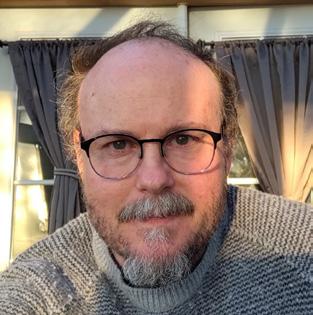
I try to facilitate the development of a research question with my students, which allows them to have real ownership in the ideas, questions, and goals. try not to spoon-feed the students but help them along by providing resources, “crumbs” along the path, and lots of discussions. I have them articulate their research question in their own words, which hopefully lights a fire in their belly.
How can the general public help with your research?
Consider bee microbial communities. We are reframing the whole concept of this two-way symbiosis and making the case that it’s really a three-way symbiosis between bees, microbes, and plants. So, if you want to conserve bees, you need to also consider these microbial communities that are vital to the effective fermentation and processing of their food, their nectar-pollen provision. So, just making the case that to help the bees, you also have to help conserve their microbes. Spraying less fungicide on flowering plants is one way we’ve shown to help preserve certain bee-associated microbes.
Now for the important questions. Which do you prefer: canned cranberry sauce or homemade?
Oh, homemade! You can adorn it with so many other things. I like adding ginger or some kind of citrus. It’s definitely a staple for Thanksgiving.
February 2023 21 FACULTY | STAFF IMPACT
“For a long time, Wisconsin was not the number-one cranberry producing state. Now we grow more cranberries than all other US states combined.”
– Shawn Steffan
From the Office of Sustainability
A monthly update from faculty, staff, and students highlighting sustainability, education, and research. This month’s column is from Nathan Jandl, associate director of sustainability.
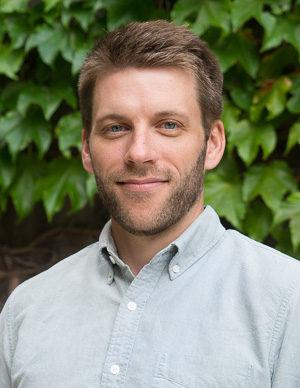
Getting Past the Old Paradox
When I was a graduate student at UW–Madison during the years from 2008–16, I knew little about the sustainability efforts at the university. I was thinking constantly about environmental topics, but beyond using the bike racks and paying attention to where I tossed my recycling, my involvement was intellectual and pedagogical.
As it happens, UW–Madison took some significant strides during the heart of my graduate studies. In 2010, the Sustainability Task Force released a major report; in 2012, the Office of Sustainability (OS) was launched. When I joined the OS as its new communications director in 2017, I found that sustainability at UW–Madison was both reasonably well established and oddly peripheral — a paradox that has set the stage for the Office of Sustainability’s evolution ever since.
What did this paradox look like? As our new communicator, I was spurred by a frequent complaint: “We’re doing so much great stuff, but we don’t talk about it!” But were we? On one hand, there was our world-class research and teaching on many sustainability-related topics. The university counted as its own towering environmentalist figures like Aldo Leopold and Gaylord Nelson. Our students showed clear interest in sustainability, albeit in small pockets. And we’d made some efforts to reduce waste, increase efficiency, and transition to cleaner energy. Yet very key things were missing. For instance, UW–Madison hadn’t completed a STARS sustainability report assessing its performance, hadn’t hired a fulltime sustainability director, and hadn’t made an institutional commitment to address climate change.
Thankfully, we’ve made much progress since. Our bi-divisional office — headed jointly by Dr. Missy Nergard through Facilities Planning & Management (FP&M) and Professor Andrea Hicks through the Nelson Institute — is now a going concern, anchored by many successful initiatives, from our Green Fund and student intern program to innovative solar projects and zero waste efforts. We’ve completed STARS twice, hired new staff and students, and signed on to the Resilience Commitment, which kicked off planning for our first climate action plan.
My role — I now serve as associate director of sustainability — offers me a special viewpoint. Reporting through both Nelson and FP&M, I am still a communicator, but I also work on strategic planning — that is, bridging the silos that characterize our university and finding pathways for making sustainability not merely a series of loosely connected projects, but a core institutional value. These days, the old paradox still exists: despite our successes, there are people who haven’t heard of the Office of Sustainability or who point to the university’s tardiness on various sustainability fronts. At the same time, we are doing great stuff. And with the continued — and growing! — support from our leadership and from our broader campus community, we can and will do a lot more.
22 February 2023 FACULTY | STAFF IMPACT
A Voice from the Wild | Emily Ford Visits UW–Madison
Tuesday, March 7, 2023
6:30–8 p.m.
Union South Marquee Cinema
1308 W. Dayton Street
Madison, WI
Fresh off her debut film, Breaking Trail (2021), winter backpacker and thru-hiker Emily Ford is back with a new documentary. Premiering at the prestigious Banff Mountain Film Festival on November 7, 2022, A Voice for the Wild documents Ford’s wintertime journey across Minnesota’s remote Boundary Waters Canoe Area Wilderness.
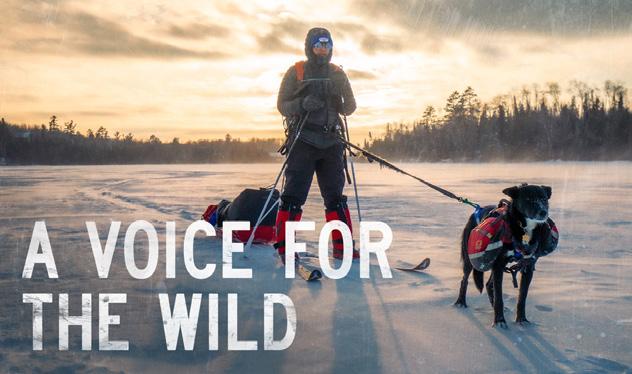
The Nelson Institute is thrilled to host Emily Ford as she visits Madison this spring to engage with the Madison campus and community, share her experience, and offer screenings of Breaking Trail and A Voice for the Wild.
Ford is the first woman and person of color to have completed the entire Ice Age Trail in winter. Through her work, Ford spreads the message that everyone deserves to discover the outdoors, regardless of race, gender identity, or upbringing.
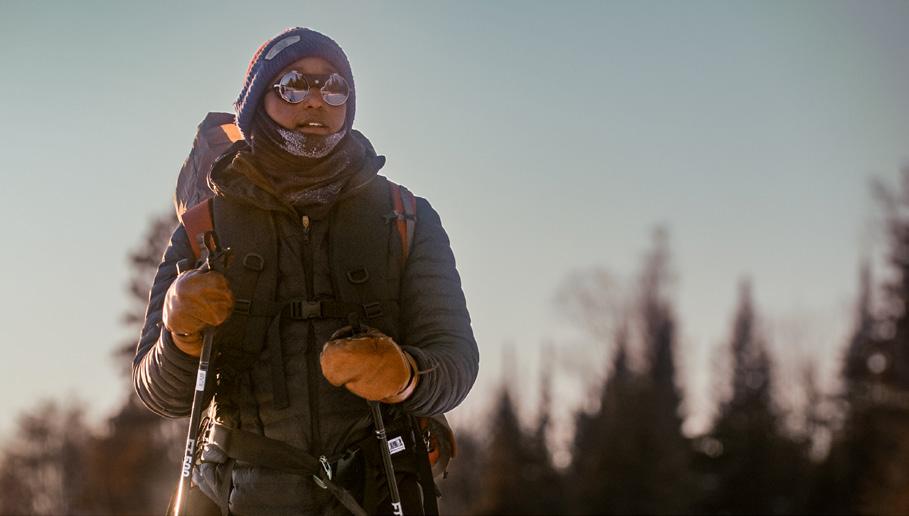
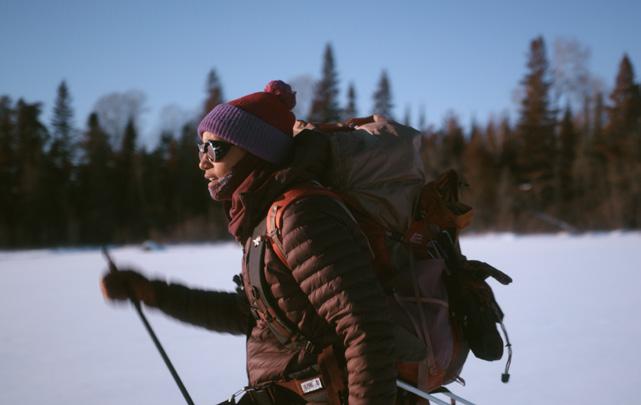
Ford will share her story at several events in the Madison area, culminating in the Nelson Institute’s Tales from Planet Earth film series screening at Union South’s Marquee Cinema on Tuesday, March 7. Enjoy back-to-back screenings of Ford’s films beginning at 6:30 p.m., followed by a moderated Q & A.
Attendance is free; secure your spot as seats are limited. Register today!
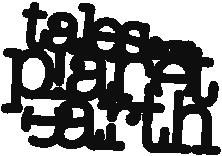
February 2023 23 FACULTY | STAFF IMPACT
Director’s Cut
Meet Carol Barford, director of the Center for Sustainability and the Global Environment.
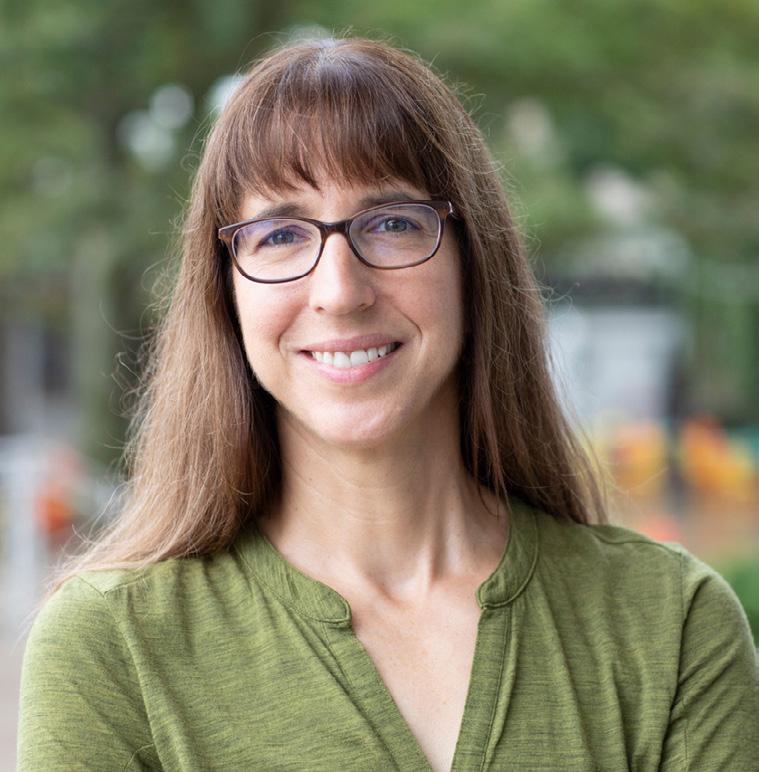
I’m happy for this opportunity to introduce myself and to write about the Center for Sustainability and the Global Environment (SAGE), which has been my professional home for over 20 years! After a PhD in environmental engineering and a postdoc in atmospheric chemistry, I joined SAGE when it was new. In 2001, the center comprised one research group working in the nascent disciplines of ecosystem and land-use simulation modeling. Now SAGE houses 10 research programs, all using different types of data, investigative methods, and ways of looking at the world. It has been both exciting to see the growth and challenging to navigate the changes during my 12 years as SAGE’s director.
The overarching goal of SAGE is to help sustain the planet by doing policy-relevant environmental science and sharing it with a broad range of stakeholders. SAGE began with 100 percent quantitative work, especially computer simulation modeling of the biosphere and atmosphere which is driven by input data, equations, and parameters. However, as environmental sustainability science matures, it is clear that successful application of ideas and analysis requires deep engagement, not only with the numbers but also with the other people involved — farmers, air-quality regulators, meatpackers, conservationists, public health workers, K-12 educators — to name
examples from SAGE’s work. These interactions not only ground research in reality, they also help to frame the work in terms of environmental justice. Whether advances in alternative energy, new schemes for forest conservation, or food-labeling rules to govern supply chains, both problems and solutions must be considered together with our stakeholder-partners, since the impacts on human health and livelihood can be profoundly unequal.
As SAGE has changed, it has also grown: numbers of faculty and students, total competitive grant dollars from a wider range of sponsors, papers published, media notices, etc. Perhaps the most noticeable growth is in the number of research, outreach, and administrative staff. Gone is the day when a professor and their student wrote a grant for a few thousand dollars and expected to get the award. With intense competition for complex multi-institutional grants, research programs need permanent professional scientists to maintain continuity and administrative staff to navigate the rules. We are very grateful to Nelson Institute and to our sister center, the Center for Climatic Research, for finding creative ways to pool resources and co-operate for everyone’s success in this rapidly changing “ecosystem!”
Although SAGE folks were super productive during COVID, our group
24 February 2023
FRONT AND CENTER
“culture” has suffered, just like everywhere else. With a mix of internal and external events, including Weston Roundtable lectures and Energy Analysis and Policy productions, we are working to forge a new culture based on the best of the old. Check out SAGE’s website, The Commons, or join the sagefriends email list to keep track of how we are doing!
Meet Carol Barford
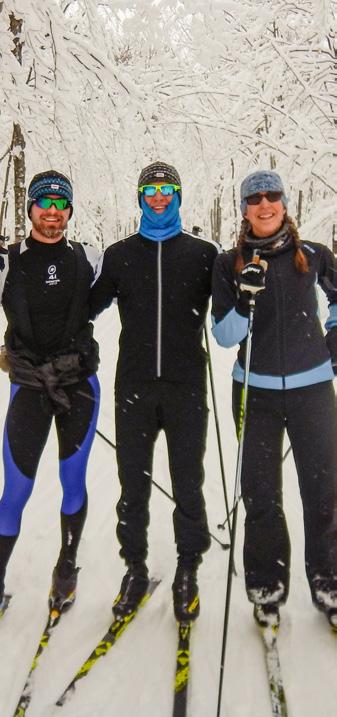

Facilitator
When it comes to her role as director, Barford doesn’t take the title as a verb. “As the director, you’re a facilitator. If you’re directing anything, you’re directing what resources are available to support the research,” she says. “It’s actually service; to be the director is to serve that unit.” In addition to helping operations run smoothly, Barford also works hard to keep SAGE’s culture strong. “SAGE has always had a strong culture. Many ‘SAGEs’ are very committed to sustainability in their lifestyles as well as their professions,” she says.
What is Sustainability for 500
SAGE hosts a weekly lecture series and 1-credit class called the Weston Roundtable Series — and it’s the class Barford recommends to anyone who asks. “It helps students with all different academic backgrounds to tighten down their idea of what sustainability is,” she explains. When a product is labeled as “sustainable,” is it just a marketing buzzword? “I like to poke fun at my ‘sustainable cashmere sweater.’ What does that mean?” she laughs. “If you want to categorize something as sustainable, does that mean it will last for a long, long time, or the processes that contribute to it will last for a long, long time … or, it has minimal impacts on the rest of the world so the world can last for a long, long time?”
Keep on the Bright Side
When a new scary statistic or fresh climate horror makes the news, it can be tough to both internalize it and keep going about your day. “I think that people who work in sustainability science and studies have to cultivate a deep optimism,” Barford says. “By that, I mean the acknowledgement of the problem and at the same time the willingness to keep plugging, to keep devoting intellect and energy to what you think is important.” So … is there a reason for deep optimism? “You never know exactly what’s going to happen, so you can’t give up!” Barford says with a smile.
Carol Barford Director, Center for Sustainability and
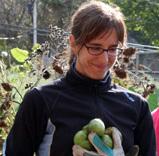 Global Environment
Global Environment
February 2023 25 FRONT AND CENTER
the
Professor Barford becomes “Coach Carol.” Twice a week and on the weekends, she can be found coaching the Blackhawk Nordic Ski Team’s middle-school team. Barford (right) is pictured here with her two sons, Henry (left) and Will (center).
Map Maker
Nelson researcher creates first-of-their-kind maps.
By Rachel Carrier
Yanhua Xie, a researcher at the Nelson Institute’s Center for Sustainability and Global Environment, has been working to build agriculture irrigation maps at a level that has never been done before. Xie’s passion for learning about land use, water use, and irrigation brought him on a journey to the Nelson Institute, where he has been working for nearly five years.
Xie received his undergraduate degree in geographic information systems and a master’s degree in remote sensing. After earning his PhD in urban land use at Indiana State, he pursued opportunities to aid research exploring the effects of urban development on irrigation and cropland use.

In November of 2017, Xie joined a research team with the Nelson Institute as a postdoc to do work for a grant led by Tyler Lark, a researcher and lead scientist for the center. Lark’s team primarily works on issues surrounding United States agriculture and land use change.
When Xie first joined the team, he was helping Lark on a grant with the National Wildlife Federation that looked at irrigation in the U.S. Today, Xie is a technical lead for the irrigation research on the team, conducting the analysis and mapping for the research.
“Agriculture water use is a rather large issue,” Xie said. “We want to help improve our knowledge of agricultural irrigation and make a difference. Food production, for example, is not possible without irrigation for some areas, so it’s important for us to provide data on the specific location and technology of irrigation in these fields.”
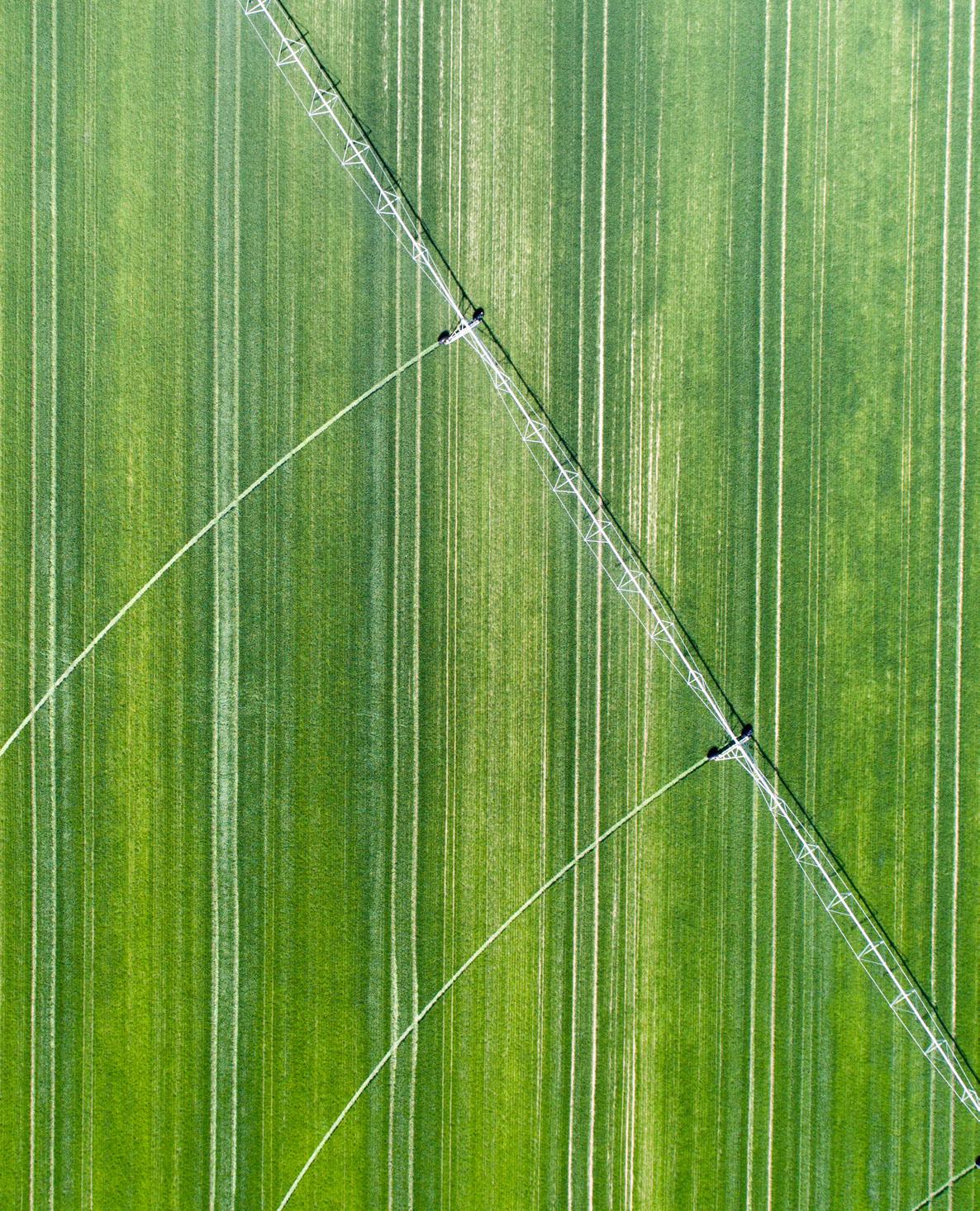
The first step of Xie’s research was to understand where irrigation was being used in the United States. Xie generated maps that are the first of their kind and have been downloaded over 4,000 times. From government organizations to agricultural businesses to non-government organizations, the data in Xie’s maps can help to inform important decisions regarding water and land use across the board.
“Never before have we had a full picture of irrigation distribution in the United States,” Lark said. “Yanhua’s maps are the first field-level high-resolution pictures of where and when we use irrigation. Prior to this it has been a mystery, but now we can see for every acre
26 February 2023
“Water use is a rather large issue. We want to help identify these issues and make a difference.”
— Yanhua Xie
FRONT AND CENTER
Aerial view of irrigation pivot system on wheat field in springtime shoot from drone Photo by Jevtic / iStock
across the country every year, whether or not it was irrigated.” Now, Xie and his team can see how their findings interact with sustainability, how climate change and declining aquifer levels threaten food security, what the implications are for wildlife and other facets of the environment, and where opportunities are to save water.
“Our previous projects focused on irrigation location over time,” Xie said. “However, the actual water use can be very different from field to field depending on many other factors, one of which is irrigation technologies used.” Currently, Yanhua’s research is developing machine learning methods to identify irrigation system types for each irrigated field across the United States. His research will also look to understand and identify where an irrigation system
could be replaced by a more efficient system in terms of water use. The hope would be to move toward improved technologies such as precision or drip irrigation and other approaches that result in greater “crop per drop” and fewer environmental losses.
Xie’s work on irrigation status across time and the evolution of irrigation technology has helped lead to many great partnerships, such as the United States Geological Survey (USGS) and NASA. Within these partnerships, Xie is developing maps to better understand water use and its applications across the country, from agricultural use to industrial use.
Both Lark and Xie are excited to be partnering with the USGS because it will have nationwide impacts. The USGS
creates a national water census and is using Xie’s maps to help identify where irrigation is being used, then pairing that data with other models of crop water use and evapotranspiration, the movement of water from earth into the atmosphere. This will help the USGS to estimate the overall consumption of water by agriculture.

“These are really great partnerships, and it’s wonderful to have the opportunity to have our science go directly into a product that’s used by people across the country to help make decisions and inform policy,” Lark said.
Xie’s research fits into the portfolio of the Lark’s research team. His work helps to understand the full picture of irrigation and will help guide decisions about land and water use. Ultimately, his work will help promote agricultural sustainability and improve conservation outcomes across the country.
“Yanhua’s work is a great example of the groundbreaking research we do here at UW that benefit stakeholders across the country.”
Learn more about the Nelson Institute for Environmental Studies and how you can support our programs
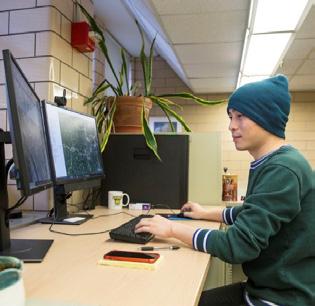
February 2023 27 August 2021
FRONT AND CENTER
Xie’s work generated one-of-a-kind irrigation maps like this one (produced by Xie and published in a 2021 study with Tyler Lark), which shows the irrigation distribution across the continental United States and how often crop fields were irrigated between 1997–2017. Image courtesy of Yanhua Xie
(a) (g) (h) (i) (j) (f) (b) (c) (d) (e)
Xie working on irrigation location detection using satellite images, machine learning, and cloud computing. Photo by Chelsea Mamott
Expanding Forest Conservation One Datapoint at
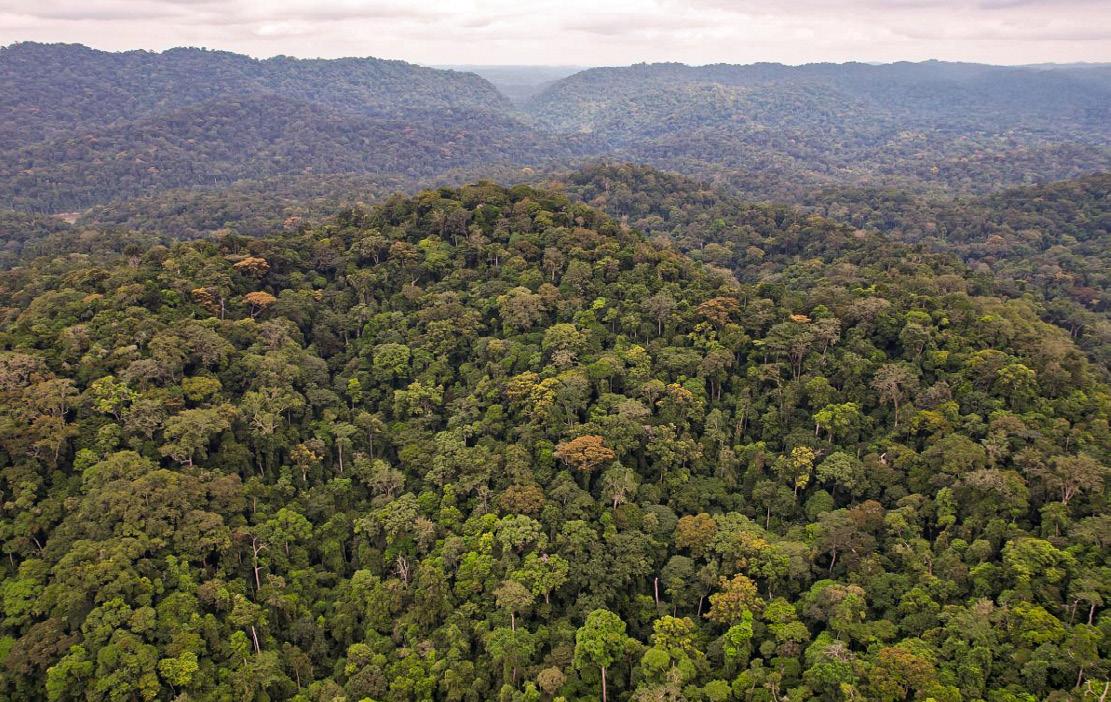
a Time Students in Forests of the World contribute to a global database.
By Anica Graney
From boreal evergreens in the north to tropical jungles in the south, the forests of our world provide humanity with the potential to be an important solution to climate change. As an introduction to the types of forests found worldwide, Forests of the World (Environmental Studies/Forest and Wildlife Ecology 100) serves as a launch point for students to actively engage in forest ecology, conservation and management.
Over the course’s three-year existence, assistant professor of environmental studies and forest and wildlife ecology Zuzana Buřivalová, who founded the class during her first year as a teacher at UW–Madison, has taken roughly 200 students on an intellectual trip around the world. From the tropical rainforests in Borneo to the sacred for-
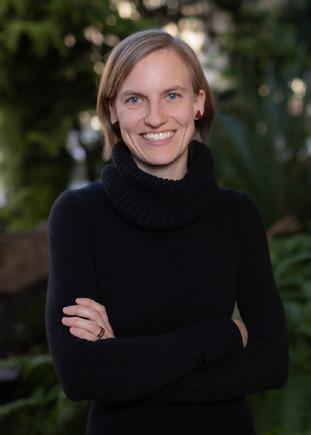
est groves in India and every biome in between, students studied the ecology, conservation, and sustainable management of forests from the viewpoint of a wide variety of stakeholders.
Forests of the World is a three-credit class curated for first-year undergraduates who have an interest in conservation. Buřivalová says students of any major are welcome to take the class. “Students should just be open-minded. There are no prerequisites, so the class is really aimed at making everyone interested in forests,” she said.
The class teaches students that forest conservation impacts everyone, and that it’s a global issue linked with climate change, biodiversity, and human health. An important skill Buřivalová encourages her students to learn is
28 February 2023 STUDENT SNAPSHOT
“There are no prerequisites, so the class is really aimed at making them interested in forest conservation.”
— Zuzana Buřivalová
The Moukalaba-Doudou National Park in Gabon. Photos by Zuzana Buřivalová (2)
Photo by Todd Brown, Media Solutions / UW–Madison
empathy. This allows students to put themselves in other people’s shoes to understand how community forest conservation, or industrial forest use, might be viewed by a variety of stakeholders.
The class culminates in a project where students contribute a piece of evidence to an online conservation effectiveness database that Buřivalová cofounded with the news outlet Mongabay. The database brings scientific evidence closer to conservation practitioners, decision makers, companies, governments, and individuals within the global conservation community. Students must learn how to understand scientific studies and summarize them into simpler terms for people who don’t
have the expertise or time to read the studies in detail. The database ranges in information from reforestation benefits to policies that combat the illegal timber trade to community-based land reform. Of the roughly 1500 pieces of evidence it currently has, several hundred have been contributed by UW students, helping with the mission of Conservation Effectiveness to stay an up-to-day resource for the global community.
For students, the project impacts their understanding of conservation science and how information is shared. In fact, undergraduate student Zalissa Kafando says that Forests of the World changed how she sees trees. “I have better knowledge of environmental conser-
vationism and learned that not only forest preservation is good, but also that sustainably using forests could be better for humanity,” Kafando said.
The class will be offered again in Fall 2023, when Buřivalová and her students will continue adding to the database to create a more informed world. Kafando encourages others to take the class, praising Buřivalová’s skills as a teacher. “I appreciate that she allows student participation in the classroom, encourages diversity through group projects, and most importantly, has wonderful knowledge and experiences with forests,” Kafando said.
Learn more about Forests of the World by visiting the featured course website.
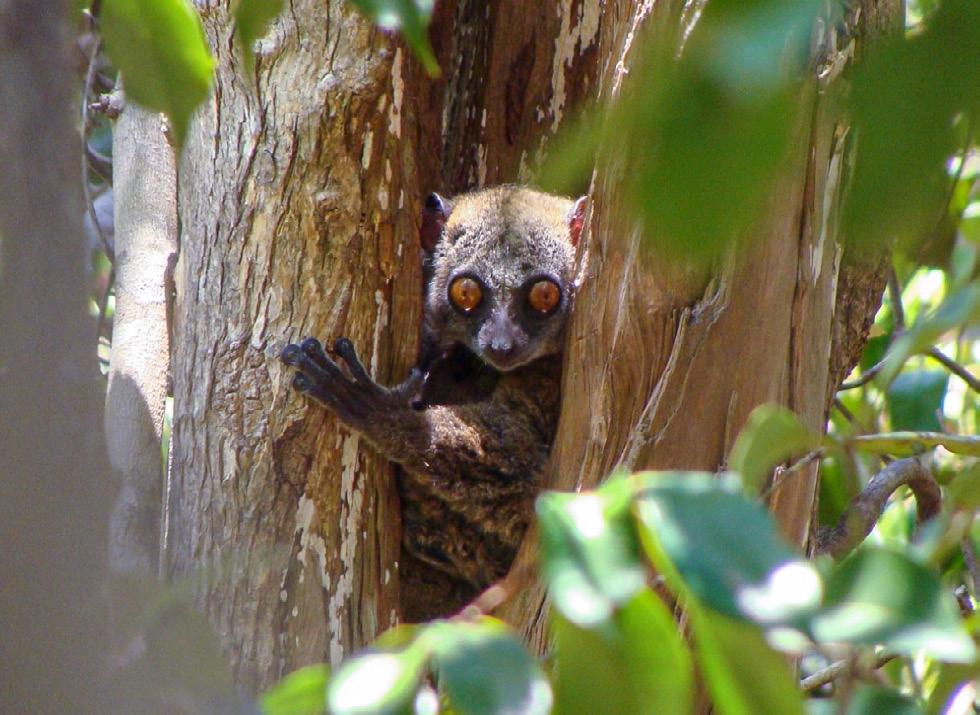
February 2023 29 STUDENT SNAPSHOT
A lemur gazes out from a tree in a community-managed forest in Madagascar.
Nelson Alumna Among Most Influential Black Leaders
12
of the UW community, Linda Vakunta was honored by Madison365’s annual power list.
By Chelsea Rademacher
Nelson Institute alumni award winner Linda Vakunta has earned another impressive accolade: she was recently named one of Wisconsin’s most influential Black leaders by the Madison-based news outlet Madison365. Published annually since 2015, the power list serves to celebrate achievements, amplify diverse voices, and showcase role models across the state. This year, Vakunta was one of 52 total honorees, a cohort that includes 13 members of the UW–Madison community.
Vakunta earned three degrees from the UW: a bachelor’s in psychology, a master’s in rehabilitation psychology, and her PhD in the Nelson Institute’s environment and resources program. While a student, she cofounded Project 1808, a Madison-based nonprofit that promotes sustainable community development in Sierra Leone, alongside another UW postdoc. Vakunta served as Project 1808’s executive director from 2009–19, until she was appointed to her current role as deputy mayor for the City of Madison. She recently cofounded Bright Start Africa, a Madison-based organization that equips young people in Sierra Leone and Cameroon with 21st-century skills for self-sufficiency and community development. She is also the host and producer of Storie! With Linda, a podcast and YouTube series that documents and amplifies the work of individuals promoting African cultures around the world.
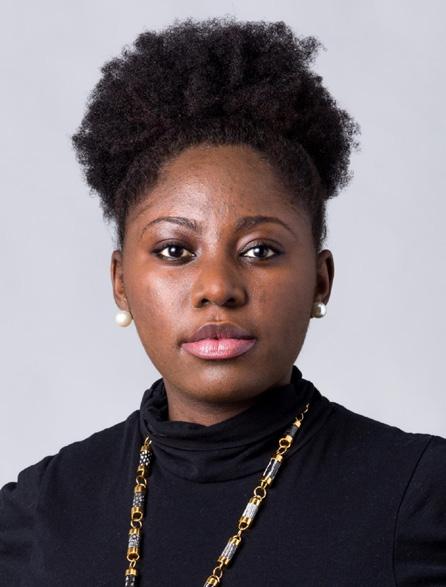
In 2021, the Nelson Institute honored her with a Rising Star Alumni Award “At the time when I was doing my doctoral studies, the majority of the world was still looking at the environment from a physical lens,” Vakunta said, “but the Nelson Institute was changing the narrative in highlighting the people and social issues components.”
Among the UW community members recognized on Madison365’s list are six alumni, five staff, one faculty, and one student, representing six school and colleges as well as four departments, and programs. Madison365 also publishes annual power lists for Asian American, Latino, and Native American leaders. Vakunta is the third member of the Nelson Institute community to be honored: Dylan Bizhikiins Jennings, alumnus and environment and resources PhD candidate, and Christopher Kilgour, alumnus and Nelson Institute outreach manager, both of whom appeared on the 2021 Most Influential Native American Leaders list.
See this year’s list of UW honorees and the full list of leaders from Madison365.
30 February 2023
Alongside
other members
ALUMNI SPOTLIGHT
“When I was doing my doctoral studies, the majority of the world was still looking at the environment from a physical lens, but the Nelson Institute was changing the narrative in highlighting the people and social issues components.”
— Linda Vakunta
Now Open: 2023 Alumni Awards
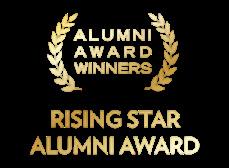
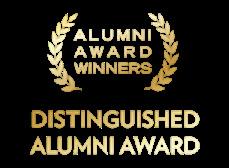
Each year, the Nelson Institute shines a spotlight on alumni who are truly living the Wisconsin Idea and making a difference in the world. Nominations are now open through the end of the month for the 2023 Alumni Awards. Nominate a friend, colleague, mentor, or yourself today!
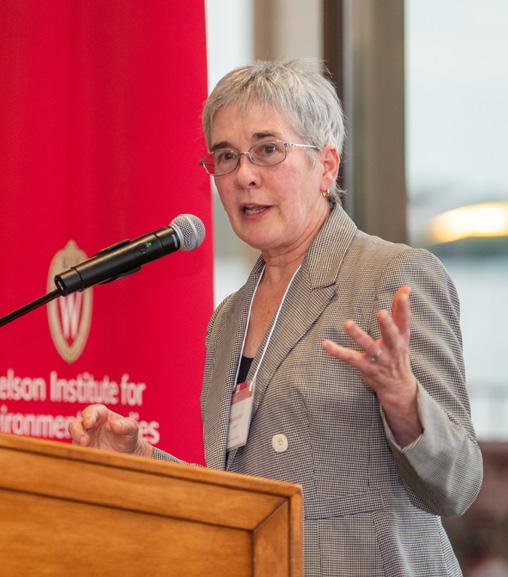
Award winners are selected by members of the Nelson Institute alumni awards committee and approved by the Nelson Institute senior leadership team. Awards are presented at the Nelson Institute’s annual Rendezvous on the Terrace gathering for alumni and friends.

Nominate a Nelson grad today.



February 2023 31 ALUMNI SPOTLIGHT
Terrace.
tuned
Mark your calendars for Friday, Sept. 29, 2023, for the Nelson Institute’s annual Rendezvous on the
Stay
for more information!
Margaret Krome, a 2022 Distinguished Alumni Award recipient, speaks at the Rendezous on the Terrace event. Photo by Ingrid Laas
Upcoming Events
We look forward to seeing you at these upcoming Nelson events; visit nelson.wisc.edu/events for more opportunities!
Historians and the Sixth Extinction
The Sixth Extinction is the popular name for the ongoing human-driven biodiversity crisis. The name evokes the biggest mass extinctions in the geological record and proposes that humans are responsible for massive declines in biodiversity, on par with past episodes of geological catastrophe. But what is the history of this crisis? When does it begin?
Lecture, Q & A, and Reception with Kyle Harper Friday, Feb. 17
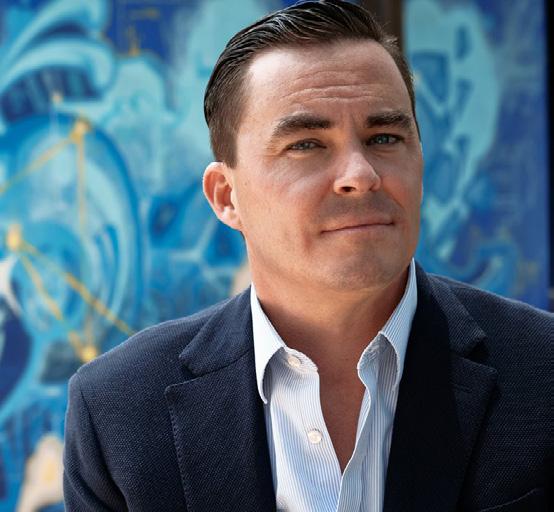
Lecture and Q & A 4–5:30 p.m. L196 Education Building
BATTERIES AND ELECTRIFICATION
IS I T SUST AINABLE?

















Sustainable Success: Batteries and Electrification; Is It Sustainable?















Reports suggest that switching from fossil fuels to batteries and electrification in the U.S. transportation, industrial, and commercial and residential sectors can reduce greenhouse gas emissions by 70 percent in just a few decades.
But everything has its costs.
Thursday, March 23, 2023



4–5:15 p.m.
Grainger Hall
Plenary Room 1310
975 University Avenue
Madison, WI
32 February 2023 EVENTS
Reception
5:30–6:30 p.m. 140 Science Hall
CPEP Series
Each semester the Climate, People, and the Environment Program (CPEP) hosts a weekly seminar featuring lectures by visiting speakers as well as presentations by CPEP faculty, scientists, and students. CPEP seminars take place from 4–5 p.m. on Tuesdays at 811 Atmospheric, Oceanic, and Space Sciences Building. The presentations are held in conjunction with the Department of Atmospheric and Oceanic Sciences and are open to the public.
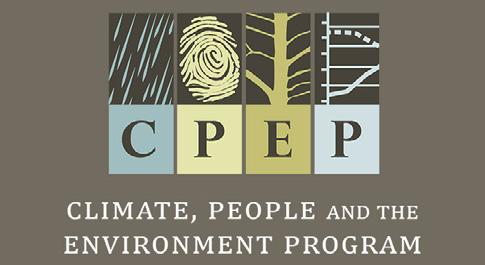
Featured Colloquium:
Tuesday, Feb. 21
Evaluating the Potential Climatic Benefits of Bioenergy Feedstocks
Bethany Blakely, University of Illinois Urbana–Champaign postdoctoral researcher
Weston Roundtable Series

The Weston Roundtable Series promotes a robust understanding of sustainability science, engineering, and policy through weekly lectures co-sponsored by the Center for Sustainability and the Global Environment (SAGE), the Department of Civil and Environmental Engineering, and the Office of Sustainability. Lectures are on Thursdays from 4:15–5:15 p.m. at 1163 Mechanical Engineering.
Featured Roundtable:
Thursday, Feb. 16
Participatory Research for Resilient Regional Seed Systems
Julie Dawson, UW–Madison Department of Horticulture associate professor
Center for Culture, History, and Environment: Environmental Colloquia
The Center for Culture, History, and Environment (CHE) invites you to attend the Spring 2023 CHE Environmental Colloquia series on Wednesdays from 12–1 p.m. in 140 Science Hall.
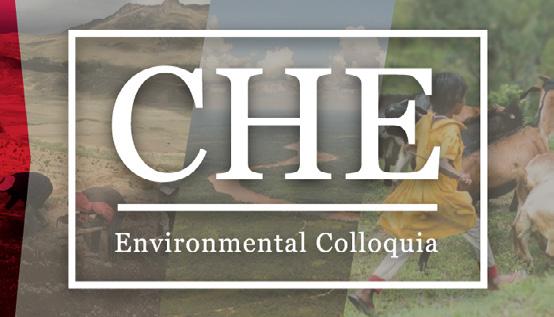
February 2023 33 EVENTS
REGISTRATION OPENS MARCH 1
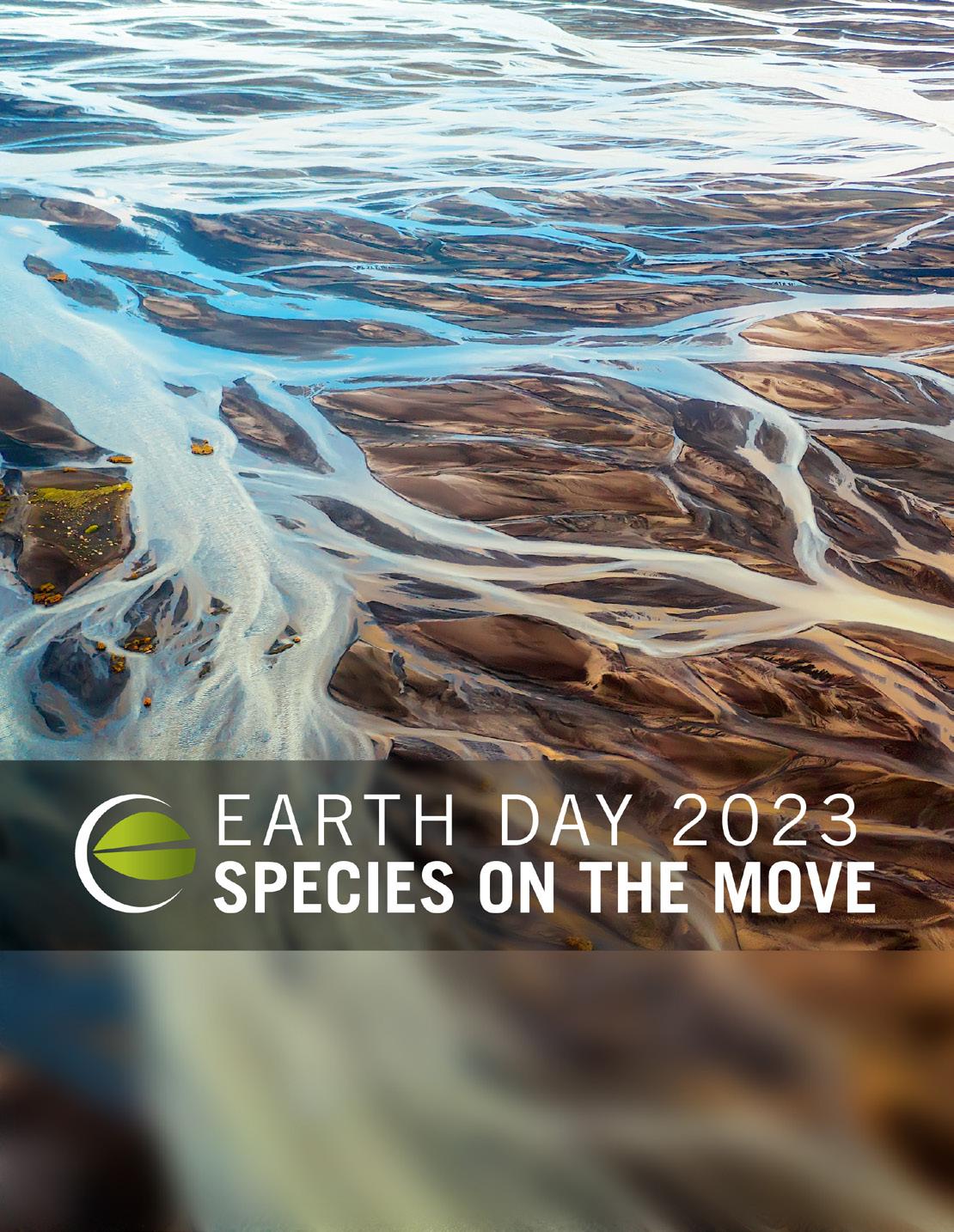
Join the Nelson Institute for Environmental Studies for Earth Day 2023: Species on the Move, happening April 18–19. You won’t want to miss this chance to get back to campus and reconnect with fellow environmentally conscious learners.





 By Chelsea Rademacher
By Chelsea Rademacher















 — Jason Stroud, Assistant City Administrator
— Jason Stroud, Assistant City Administrator


 — Mayor Katie Rosenberg
— Mayor Katie Rosenberg




 — Mayor Anissa Welch
— Mayor Anissa Welch












 — Kristie Egge, Supervisor of Strategic Initiatives
— Kristie Egge, Supervisor of Strategic Initiatives


















 By Anica Graney
By Anica Graney













 Global Environment
Global Environment
















































